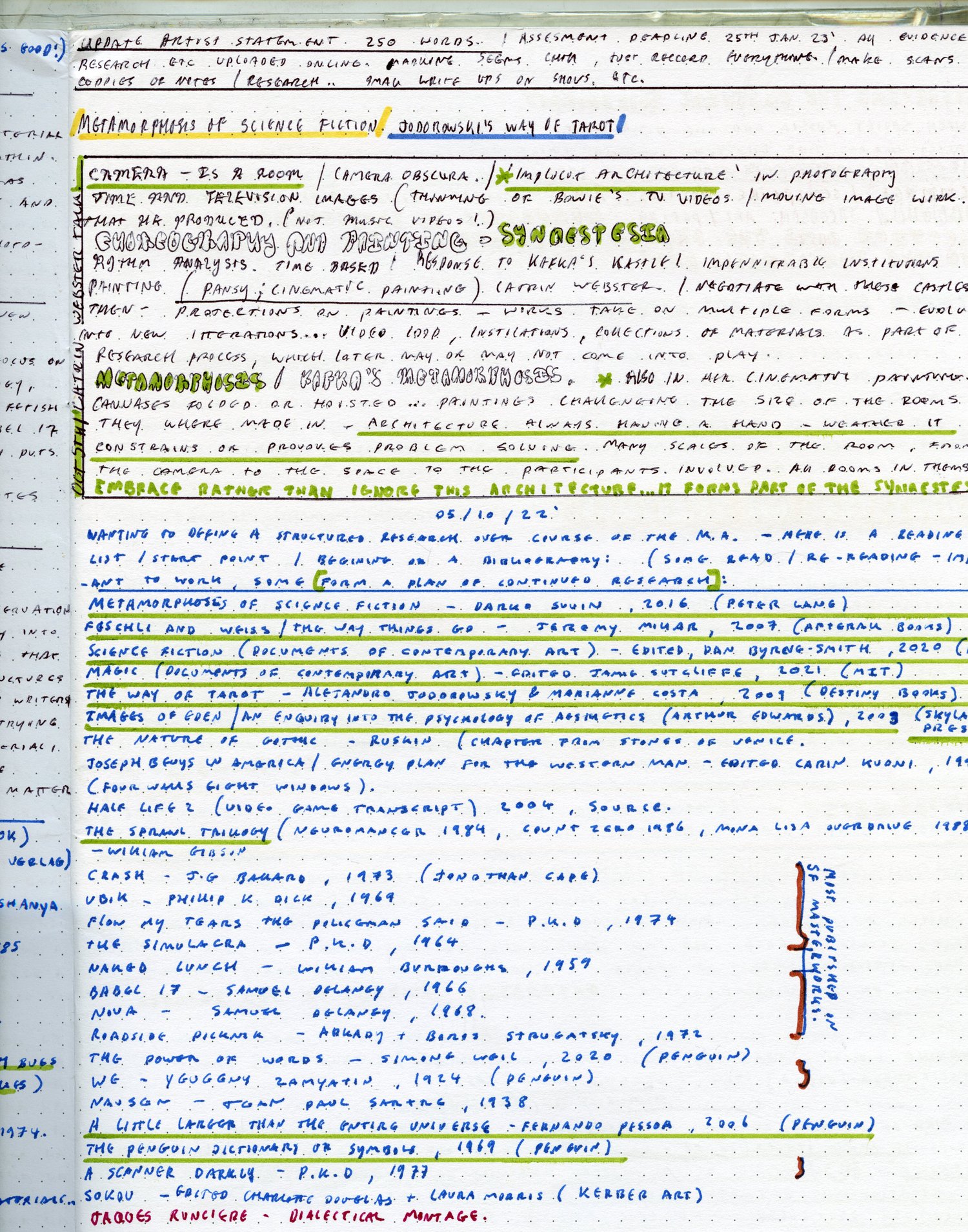

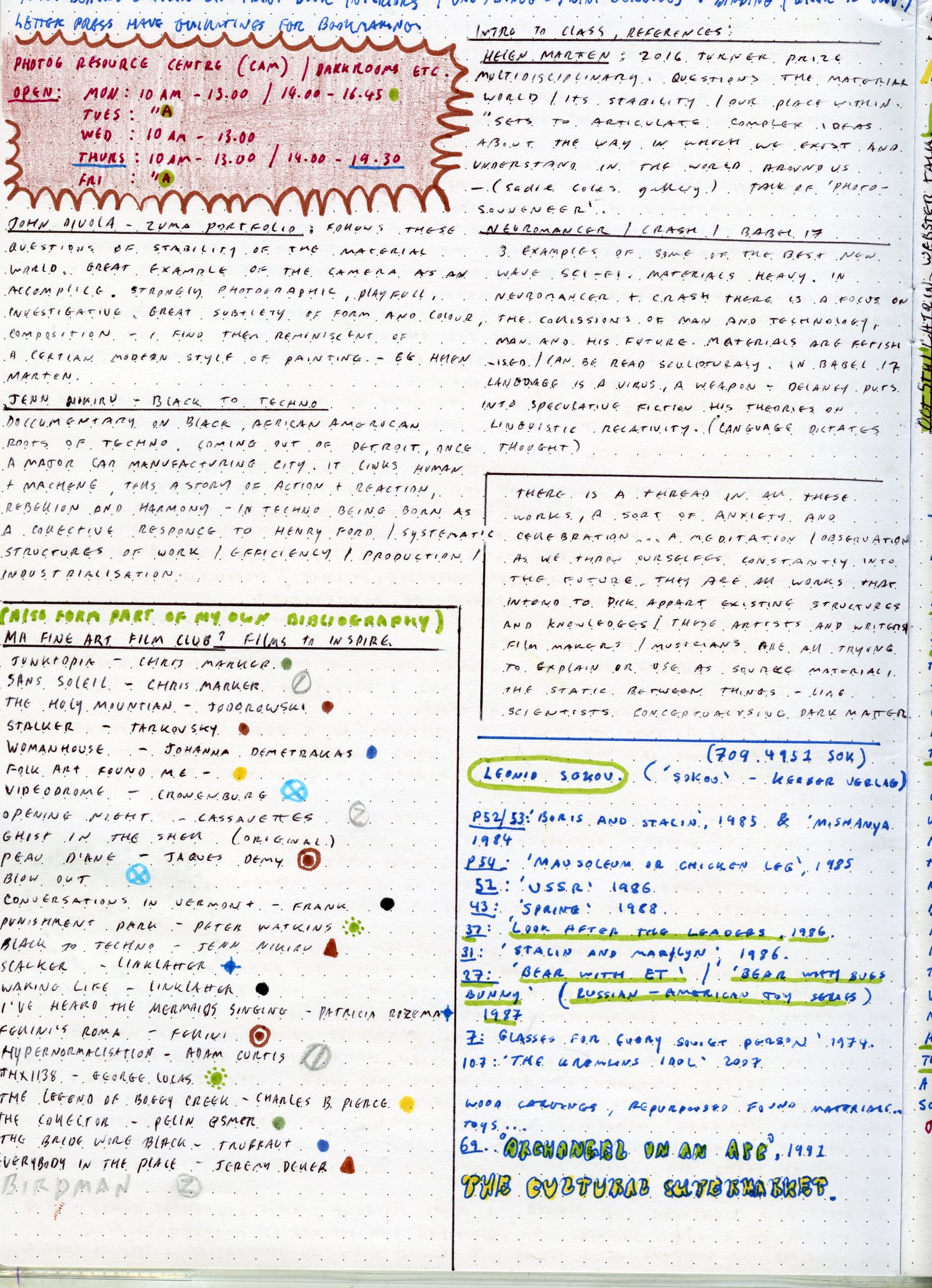
New wave Science fiction literature (1960’s-1980’s).
Encountering fictions written several decades in the past, describing worlds several decades in the future, I find novels like William Gibson’s Neuromancer and Philip K. Dick’s Ubik to be caught in a strangely relevant present where speculations and jokes have become realities and the potentials for collisions with new technologies are only becoming more relevant if they are not already being played out. What is so interesting about this era of science fiction in 2022 is that we are encountering imaginations of the future from outside the reality in which they were created.
We can observe speculations and imaginations of future worlds, from those future worlds. From outside the walls, removed by time, we are positioned as etherial observers to these narratives - like spectators within a video-game we are aware of certain boarders, and as we travel through time we are privileged to new information that previous readers didn’t have. Worlds described can now be analysed for example, in terms of what imaginations have been accurate, what remains relevant and what has fallen off. From this perspective, speculative fiction of this era becomes an important resource for contemplating social/ political/ environmental developments and our capacity to anticipate them.
In New-wave Science fiction and specifically within the cyberpunk genre, this thread can be traced from the general to the specific in a perceptive fetishisation of certain materials as symbols of the future. Such materials that come to mind are polished chrome, the computer chip, sub-dermal implants, bullet-proof glass, high-density foam, and high-tech plastics. Some of these materials have become cornerstones of the present world, and some may now appear as gimmick.
This becomes significant in image making and assemblage in terms of how we think of objects and materials as symbols. How do some symbols age and how do some remain timeless…How can we start to construct phrases with this language, and how can we investigate literature through sculptural methodologies and visa versa. Seemingly the past can also be approached as the antithesis to the future, so where are the divisions and the cross overs? for example, how do we evolve simultaneously into the future and back into the past within dystopian narratives - and how is this mirrored in the present day?
From one esoteric knowledge to another there are clues in these systems of world building which put Image making in the same boat as spiritual/ philosophical knowledges/ speculative fictions. I group these together because I see no reason to differentiate. What separates philosophy from speculative fiction, from theology, from poetry, is arguably semantics and methods of communication.
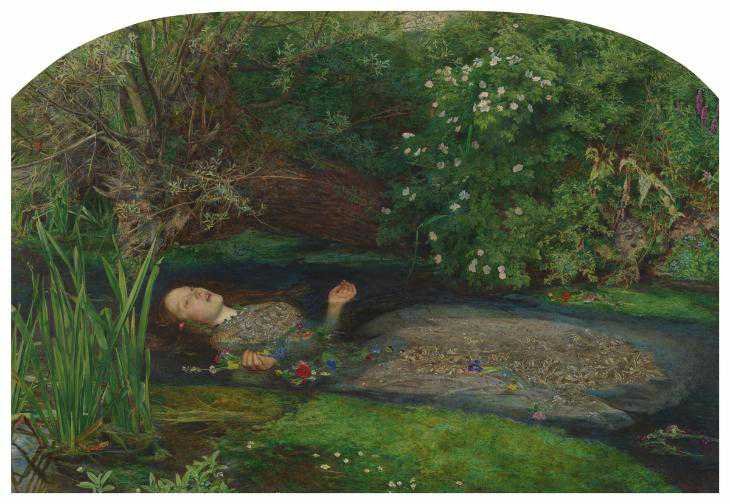

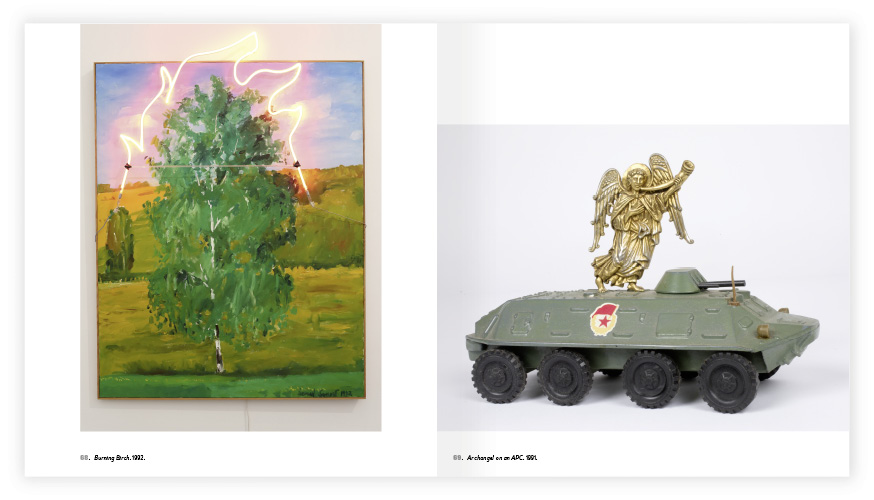
Leonid Sokov (Sokov: Kerber Verlag ISBN 978-3-86678-761-2 , Andrei Erofeev, Boris Groys, Leonid Sokov, Julia Tulovsky) www.kerberverlag.com/en/950/leonid-sokov

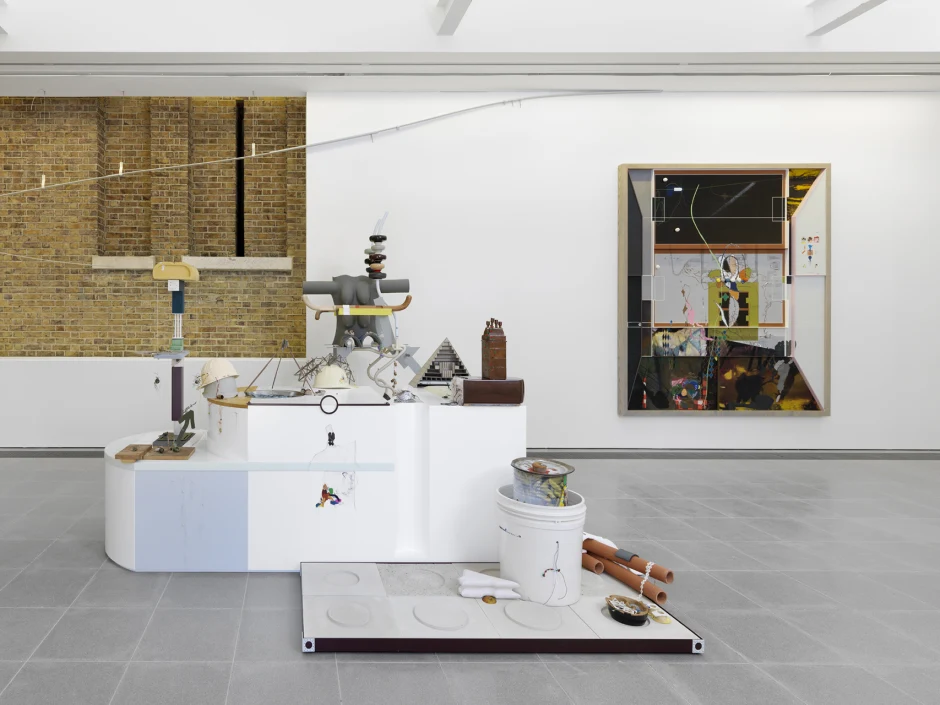
Helen Marten (Drunk Brown House, 29 September - 20 November 2016 Serpentine Sackler Gallery, London) www.sadiecoles.com/exhibitions/609-helen-marten-drunk-brown-house/installation_shots/


Joe Tilson www.joetilson.com/index.html
(KEY EVENT 4)
Ursula K Le Guin, ‘The carrier bag theory of fiction’ Ignota, 2019
Stories/ Artworks/ Fictions (one in the same) as vessels. Recommended for the 3rd time in a conversation I had about my work at the December W.I.P show, I decided to purchase a copy of Ursula K Le Guin’s ‘The carrier bag theory of fiction’. Having read this text, it has confirmed a lot of my own processes & approach to Art practice in a simple and understandable manner, Le Guin discusses the lineage of the gatherer from pre-history and into the future. In this way it inspires a moving forward into Unit 2 within continued themes of gathering and world building, as well as past & future allegories, and Assemblage practice as speculative fiction.
Le Guin suggests in her essay ‘The carrier bag of fiction’, which has been influential on my developing Assemblage practice, that the container is the essential characteristic of a story. Acknowledging but expanding from the dominating element of action, Le Guin suggests “A novel is a medicine bundle, holding things in a particular, powerful relation to one another and to us”. She puts forward the idea that the real power of the story is that of a bag containing a multitude of elements; a space of collected things, “[...] full of beginnings without ends, of initiations, losses, of transformations and translations, and far more tricks than conflicts, far fewer triumphs than snares and delusions; full of space ships that get stuck...”.
Reading ‘The carrier bag of fiction’ we start to understand a sensibility in which the creative is seen as kin to the hunter-gatherer. Le Guin looks to fictions as an extension of this primitive gathering, an assembling of elements, and bringing home of energy... for storage, sustenance, arranged meetings.
We start to think of all phenomenon & items as grains or berries - consumable, digestible. Similar to what Boris Groys calls ‘The cultural supermarket’ (1) all things become potential data/ material which the artist stores/ gestates for later use, these things themselves already existing as containers of all sorts of stored data.
There is an infinite quality to this packaging and repackaging, which defines the constant shuffle involved in attributing meaning and purpose to Artworks/ Fictions. A spaceship (as well as any other thing) has the capability to become both a harvested item within a bag, as well as perform as a bag itself. Like Russian dolls, we look both to the field from which something was harvested, as well as to the internal set of complex knowledges and predictions which make a bag out of the item itself. On occasions of assemblage the things which make something a bag, are the very things which make one want to bag them. (semiotics)
A spaceship contains a desire to reach out, for autonomy, connectivity. A battle contains not just a list of fallen soldiers, but a network of conflicts which exist between incompatible elements. The neon green skin of an alien race is not mere aesthetic imagination, it its difference, toxicity, otherness, danger.
What we can’t avoid is this process of bagging, because once something is either in a bag, or seen as a bag, or ultimately both, it is reborn on all occasions. A rock on the floor is part of the earth/ a rock in a bag is a weapon, a rock alone is rare / a rock in a quarry is waste, a rock in a bag with smartphone is not advisable. A bird in the sky is a hunter/ in a bag with a cat it is food, a bird in a bag with a pear tree is festive. Elements hold memory of their various worlds; their worlds are what influence our specific capturing and bagging – but in bags new dimensions are formed.
Describing it as the omnipresent requirement of all hunter gatherers, Le Guin Suggests that the container/ bag is the primitive tool “[...] for what’s the use of digging up a lot of potatoes if you have nothing to lug ones you can’t eat home in - with or before the tool that forces energy outward, we made the tool that brings energy home”. In light of this, to assemble and disassemble appears as a human energy as old as time. Action is rendered secondary, when observed to be contained in yet another Russian doll... and so on.
1) Groys, B. (2013). Leonid Sokov: Living in Paradise. In: Sokov: Sculpture, Painting, Objects, Installations, Documents, Articles. Kerber Verlag
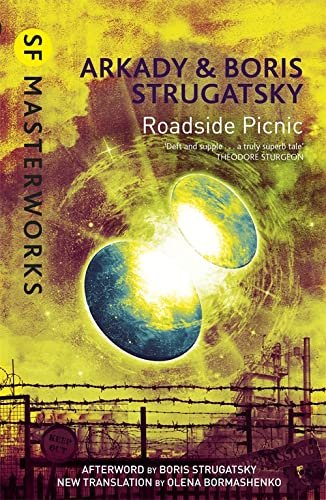
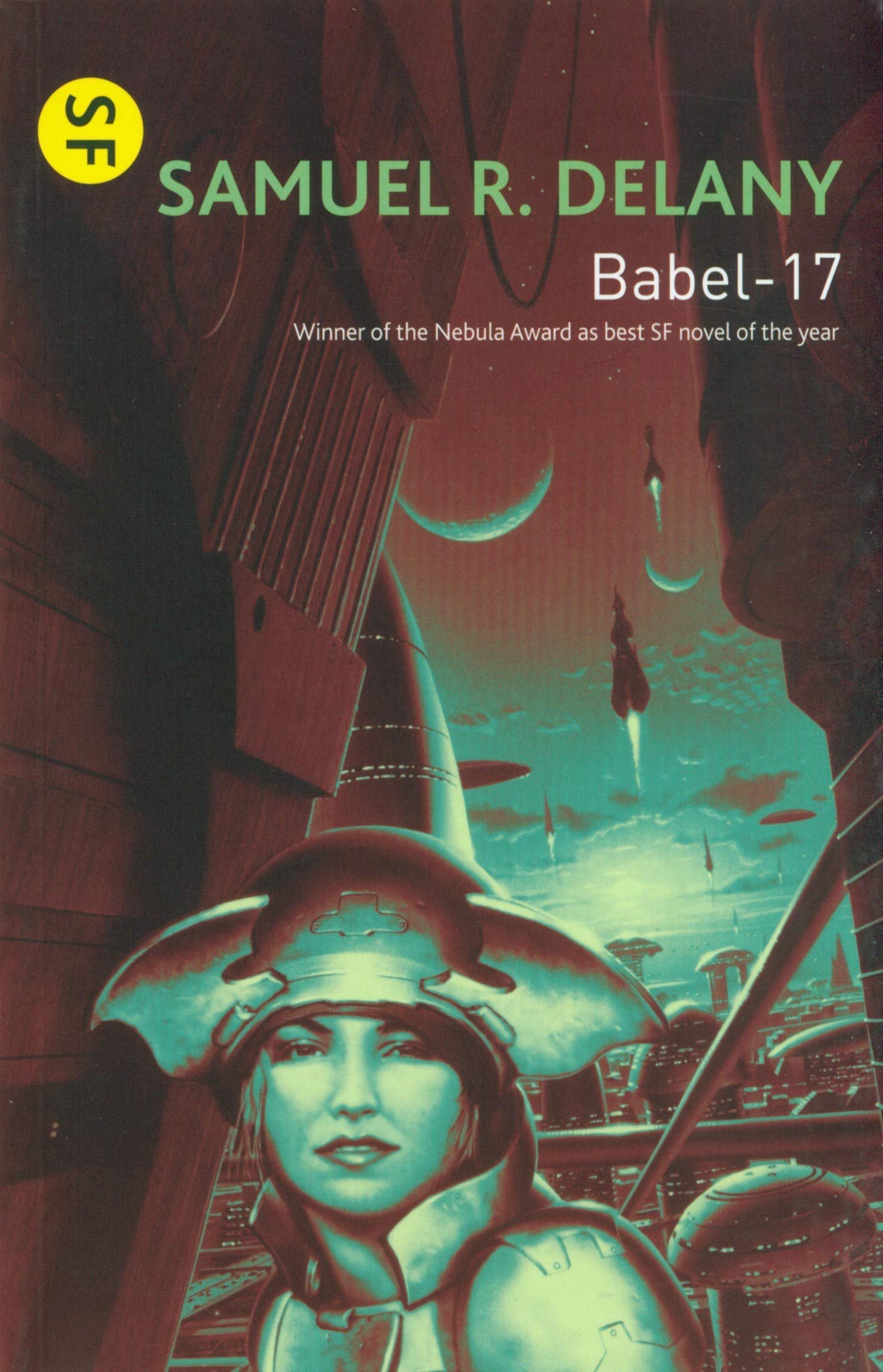

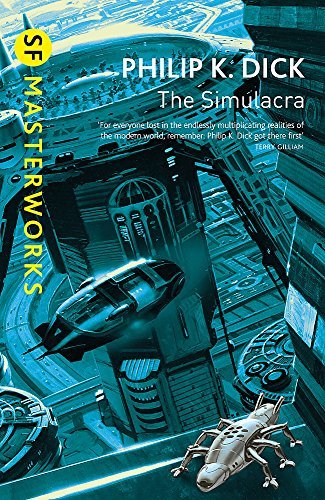


New-wave Science Fiction novels that have particularly influenced my practice
Sir John Everett Millais’ Ophelia (1851-1852). dissolving towards realisation, and the Marseille Tarot.
Millais’ depiction of the death of Ophelia (Hamlet) represents a process of translation through which the boarders between what is pre-existing and what is fabricated dissolve, that is to say ‘reality’ and ‘fiction’.
Painted between Hogsmill River (Surrey) and his London studio, the work forms a composite image built up over the period of a year. Imagining Ophelia’s death scene in Shakespeare’s Hamlet, Millais painted the Hogsmill river on location and later Ophelia in his studio, projecting that which had its birthplace in literature and on the stage onto a ‘real-world’ location. Re-presenting this scene through himself and his temporal surroundings he timestamps the narrative, affirming Shakespeare’s fiction within his own reality.
In the same motion that the Pre-Raphaelites (of which Millais was a part) disrupted the traditional hierarchy of Model over Landscape, Millais dissolves the borders between what is considered reality and what is considered fiction. In Ophelia, the painted model pulls her surrounding landscape into the realm of fantasy, and at the same time the landscape pulls Ophelia into the ‘real world’. There is a modernity about this gesture, reminiscent of the merging of physical and digital worlds, or the photographic reality complex (’Complex’, in Mathematics: “denoting or involving numbers or quantities containing both a real and an imaginary parts.”).
The separation between the ‘real’ and the ‘un-real’ / or reality and fiction becomes a question of semantics, important only in the fact that their collision and neutralisation of one another can unearth the true nature of reality. Millais reminds that information is information, irrespective of where it comes from, and that in-fact we can see in his method of taking and re-placing, a complete world (in relation to card XXI in the Marseille tarot) celebrating realms of the head and of the ground without bias. In the merging of these realms we can witness a tangible example of the reality of art as inhabiting the static between the signifier and the signified.
In The World (Arcanum XXI) / card of full realisation, we can observe a map for reading the Marseille deck. We see that the cards are divided in such a way as to establish 4 houses relating both to receptivity/activity as well as terrestrial (which can also be interpreted as the body) /and of the heavens (which can also be interpreted as the mind). In Millais’ Ophelia we can regard Shakespeares Hamlet as representing the cup, which is to say divine inspiration or receptivity of a consciousness. The imagination of Ophelia herself can be read as representing the house of swords (activity towards this consciousness, the design of an intellect or language). The process of painting the Hogsmill river on location demonstrates a receptivity to the earth, representing the house of pentacles. The painting as a new composite form, birthed from these impressions, and growing now in the world as an independent entity, puts it in the house of Wands.
In this frame, Ophelia inspires a process of taking and re-placing… of sampling/ stealing/ discovering as a receptive process utilised in the building of new worlds/ new generations. Like Chinese whispers information morphs from the literary to the performative, to the painterly, and so on. inspiration is rejected its alluring home of category, as the segregation between fantasy and reality is abandoned we see that each can be the other.
Taking this as a precursor for much more contemporary art practices of assemblage, it is not a far stretch to plot a trajectory from Millais to Leonid Sokov, Joe Tillson, Sarah Sze, and Helen Marten, for example. Such artists produce composites of one form or another that propel shadows of temporal intellect (Sword) with objects of physical experience (Pentacle) into new imagined systems.
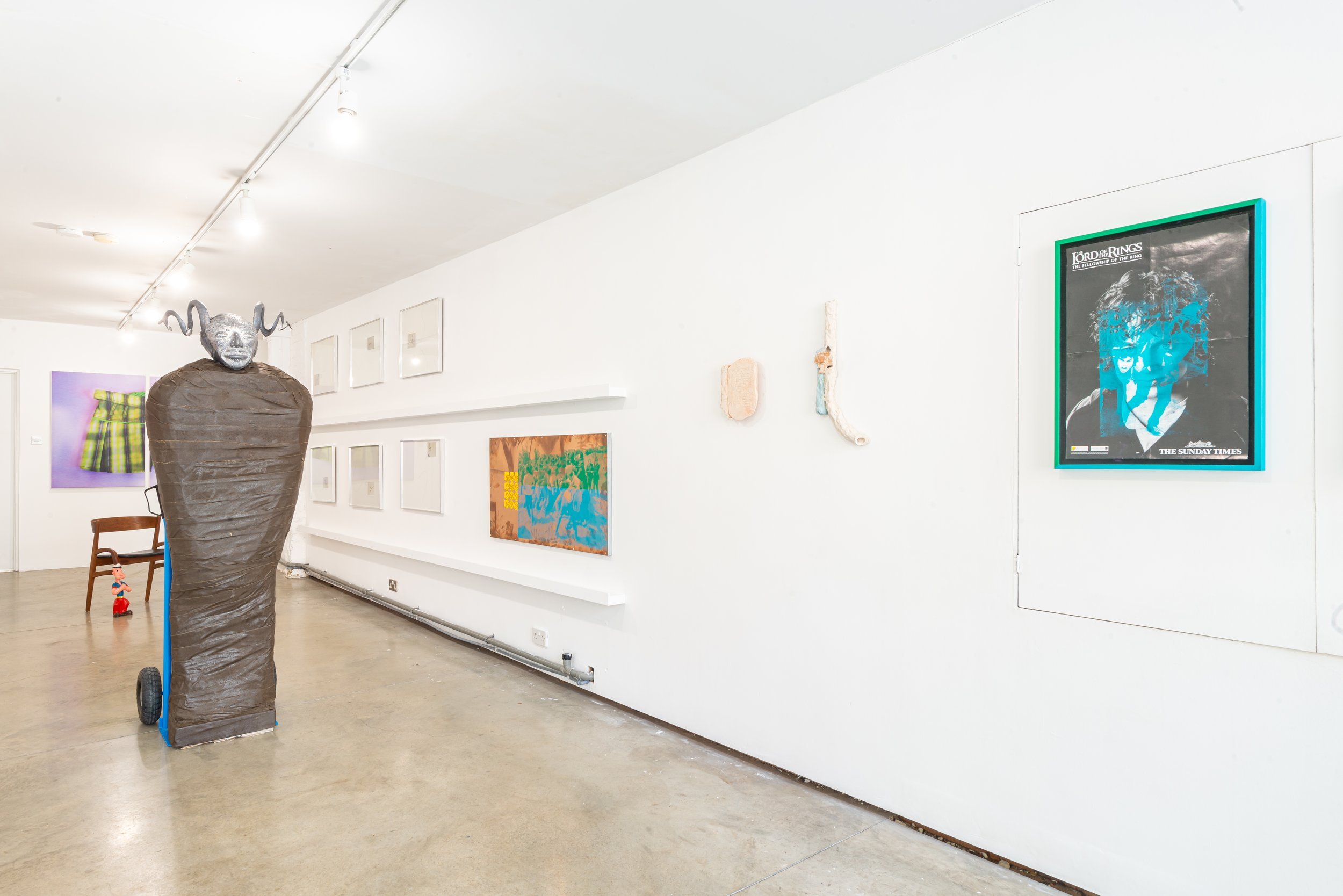
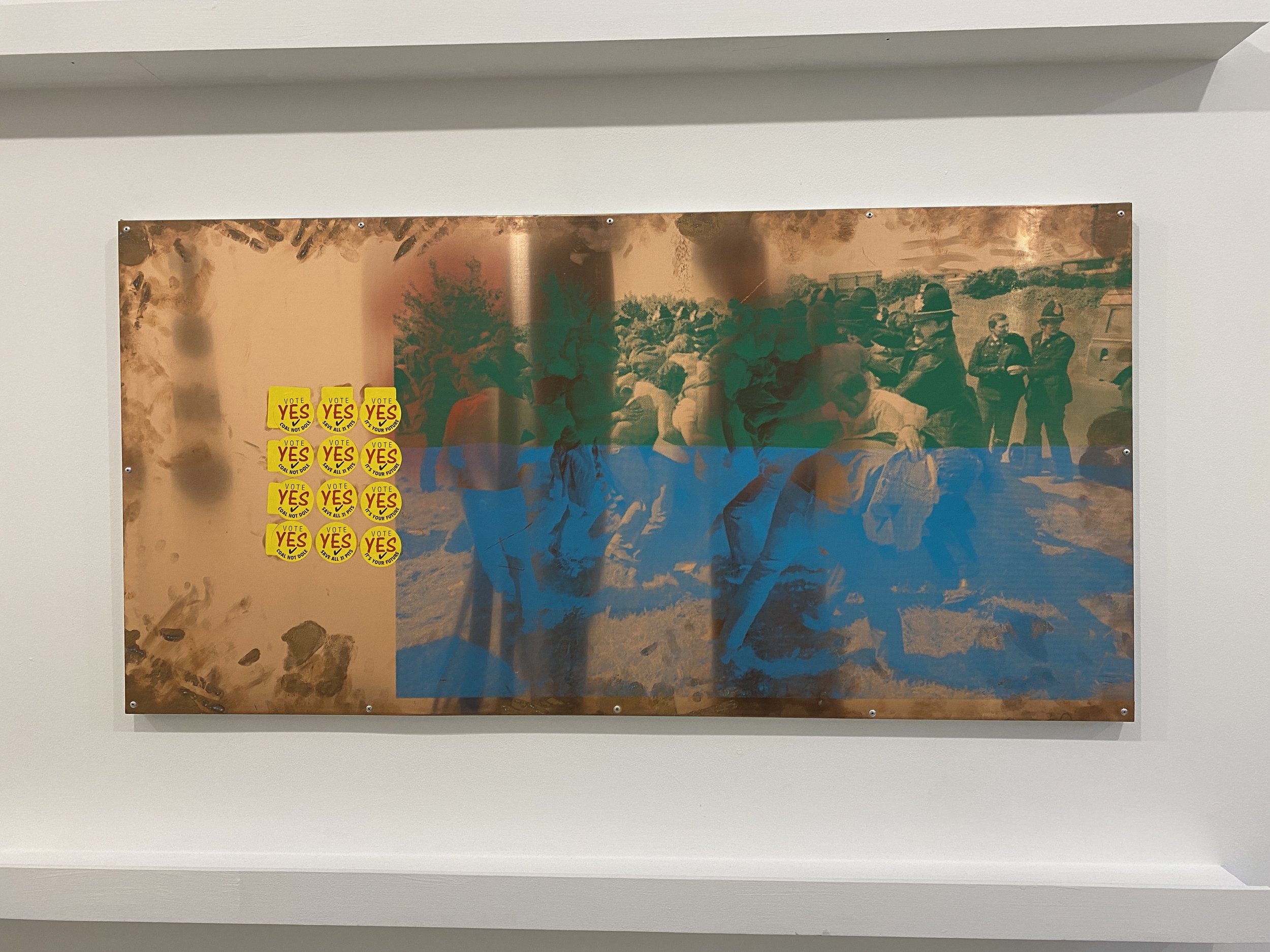
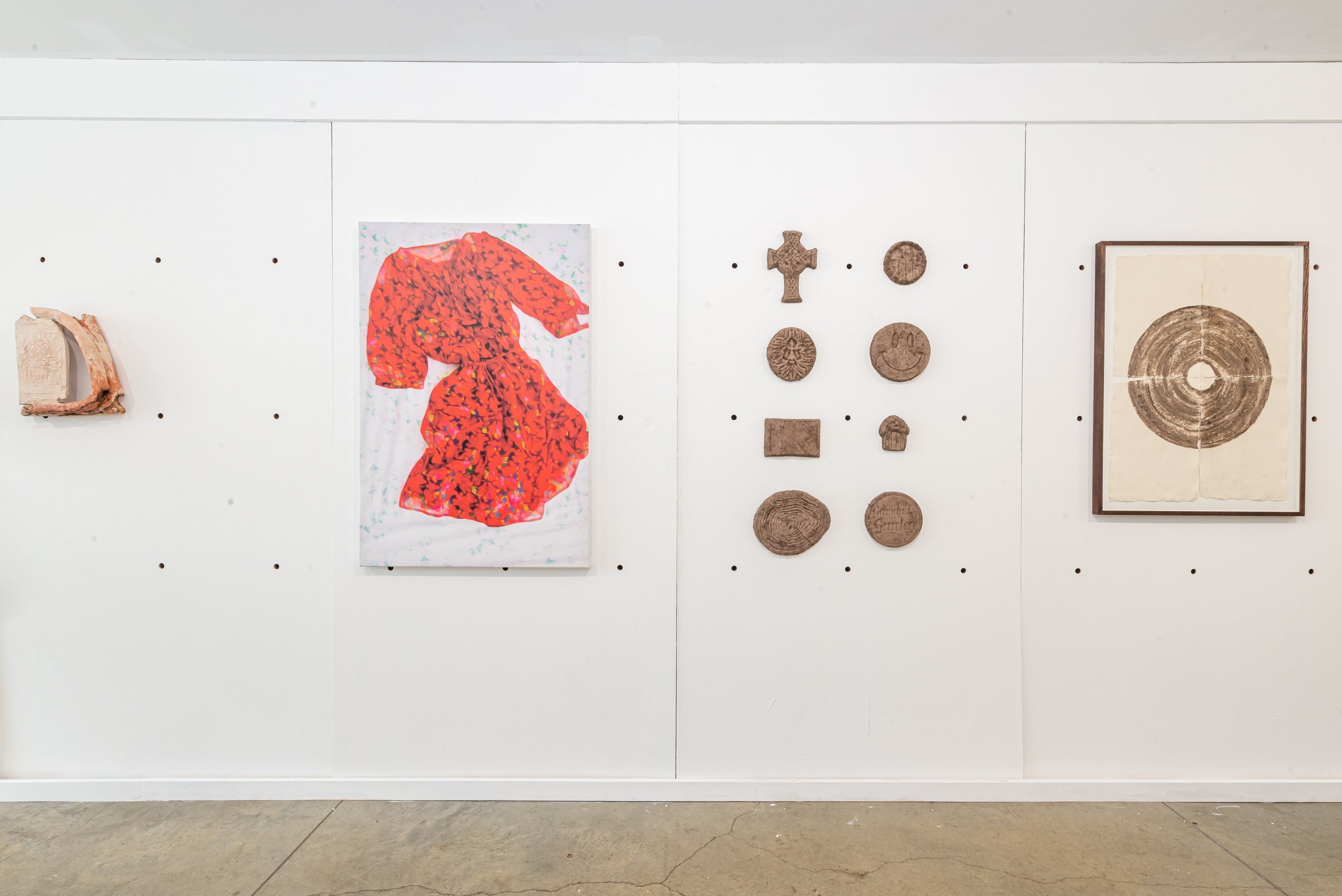
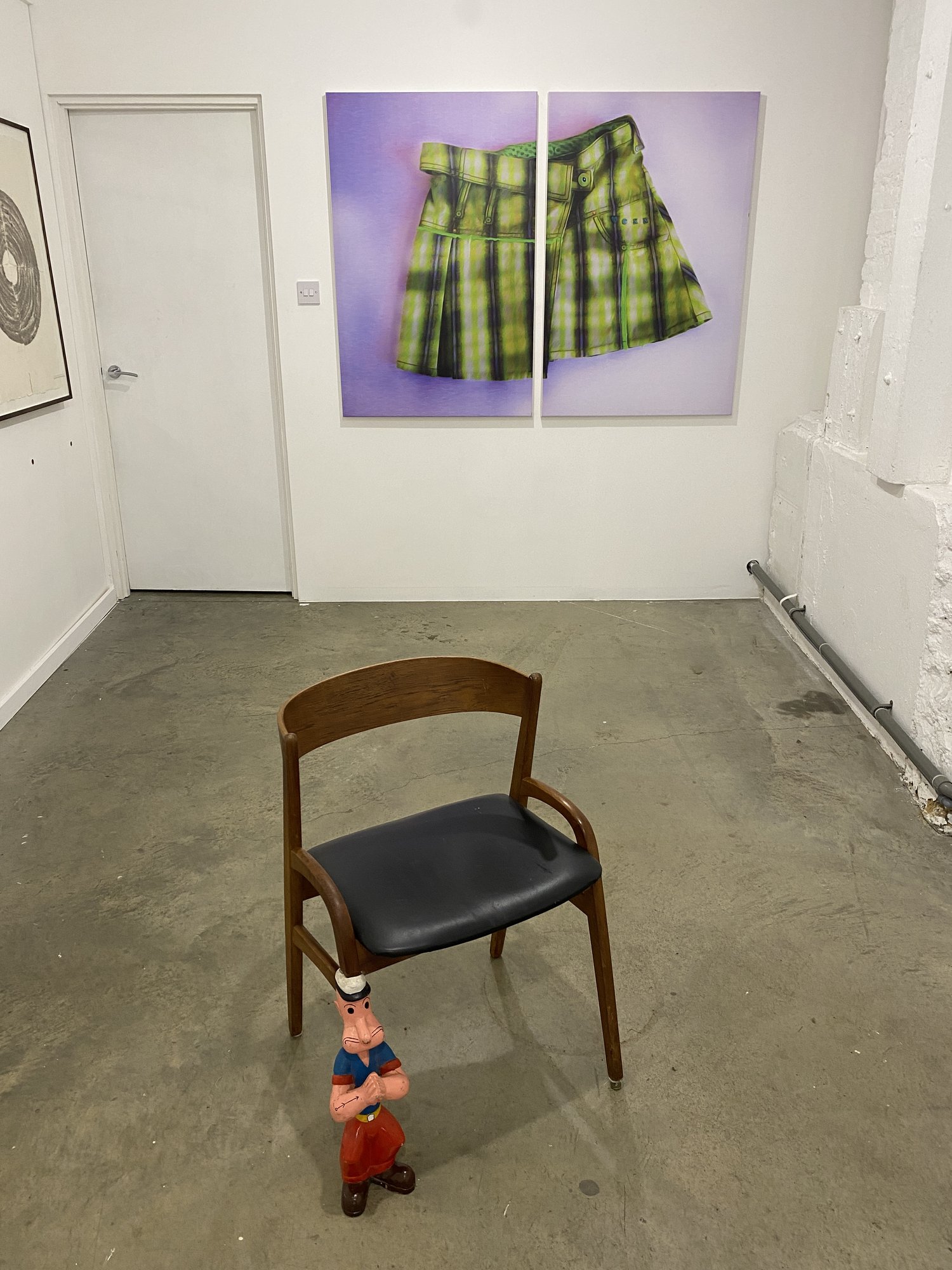
‘Souvenir’ 9-23 September 2022. Rémy Briere, Ana Viktoria Dzinic, Benjamin Edwin Slinger, Henry Kitcher and Javier Carro Temboury. BYE BYE Gallery
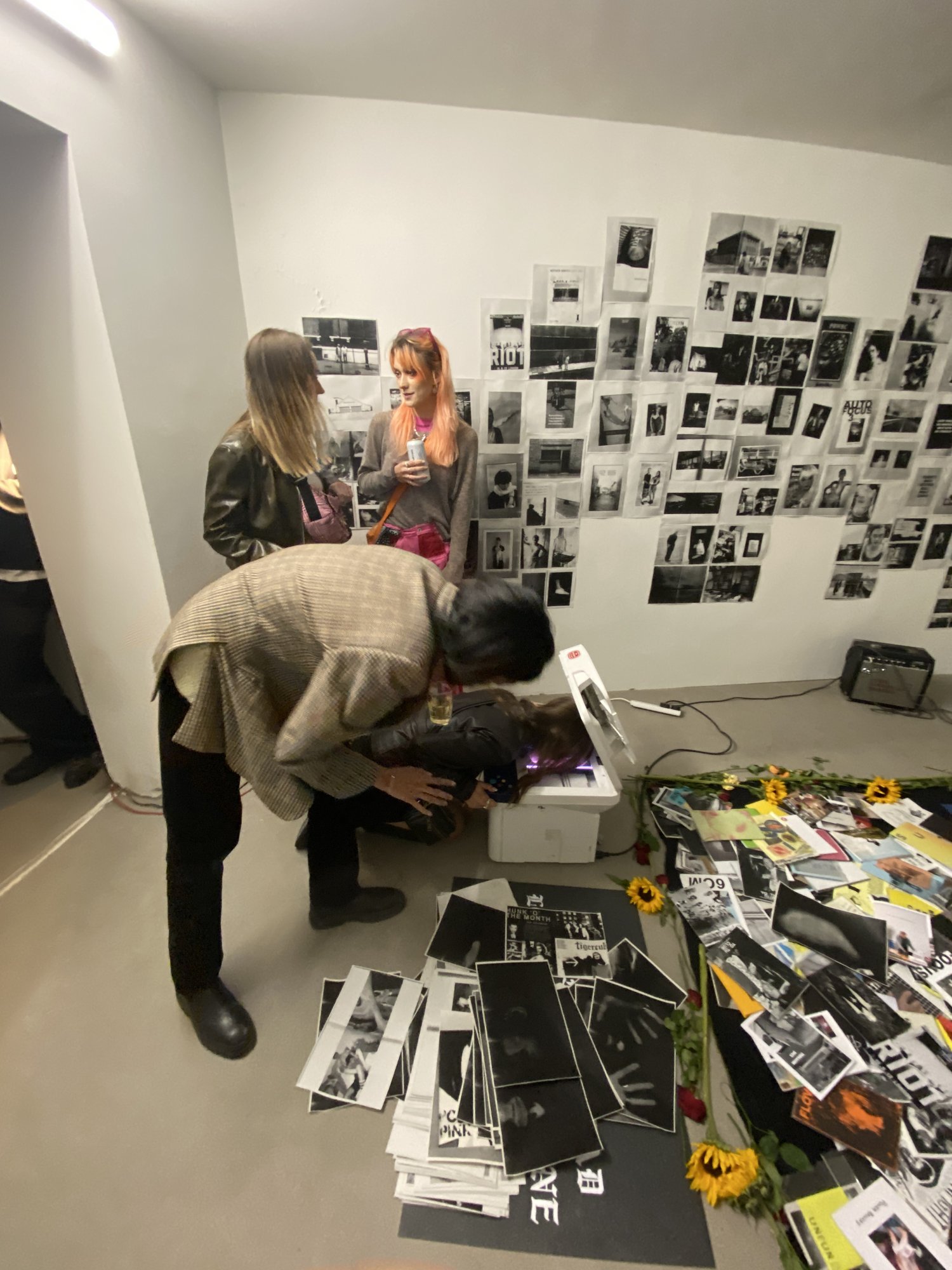
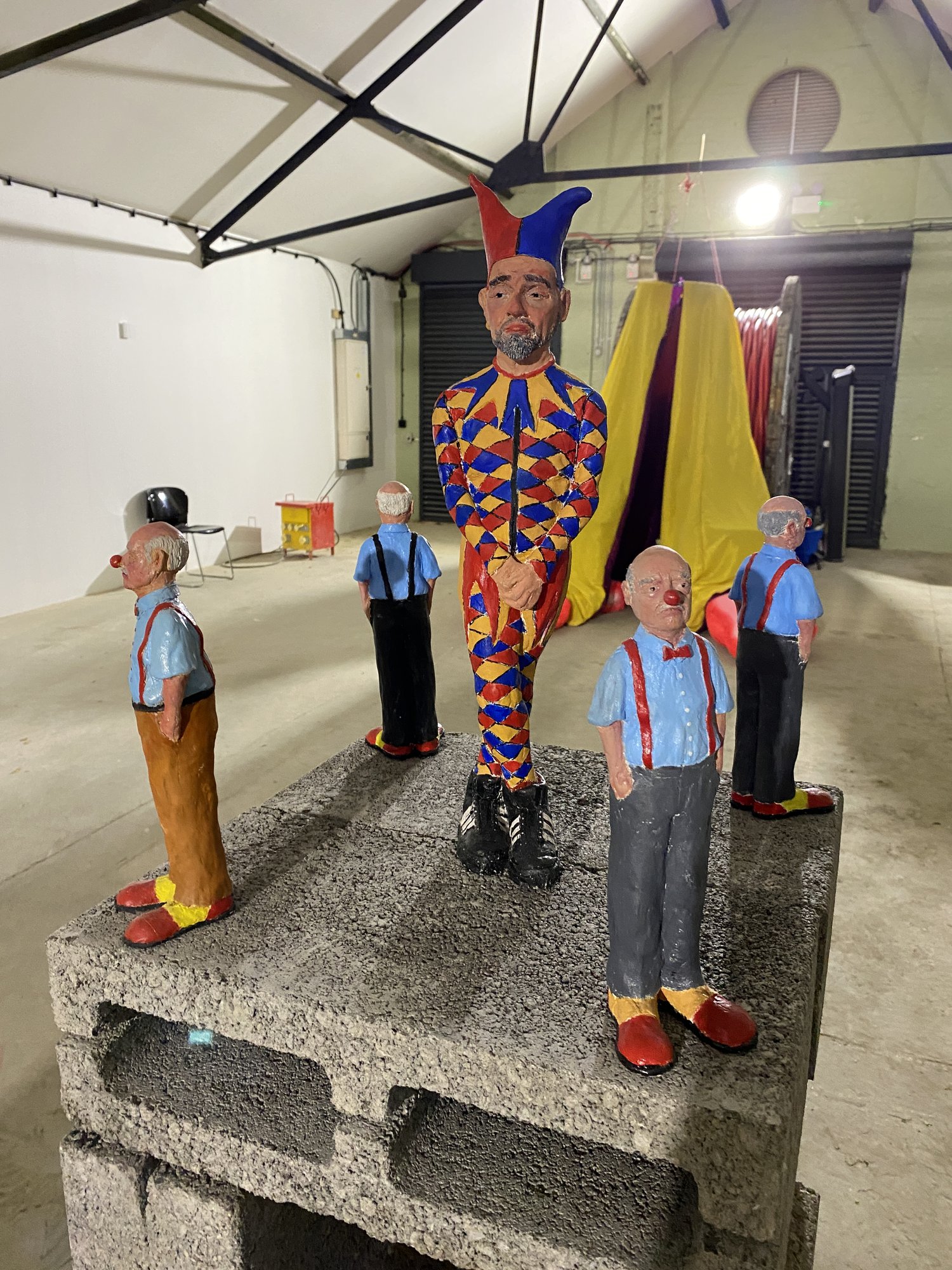
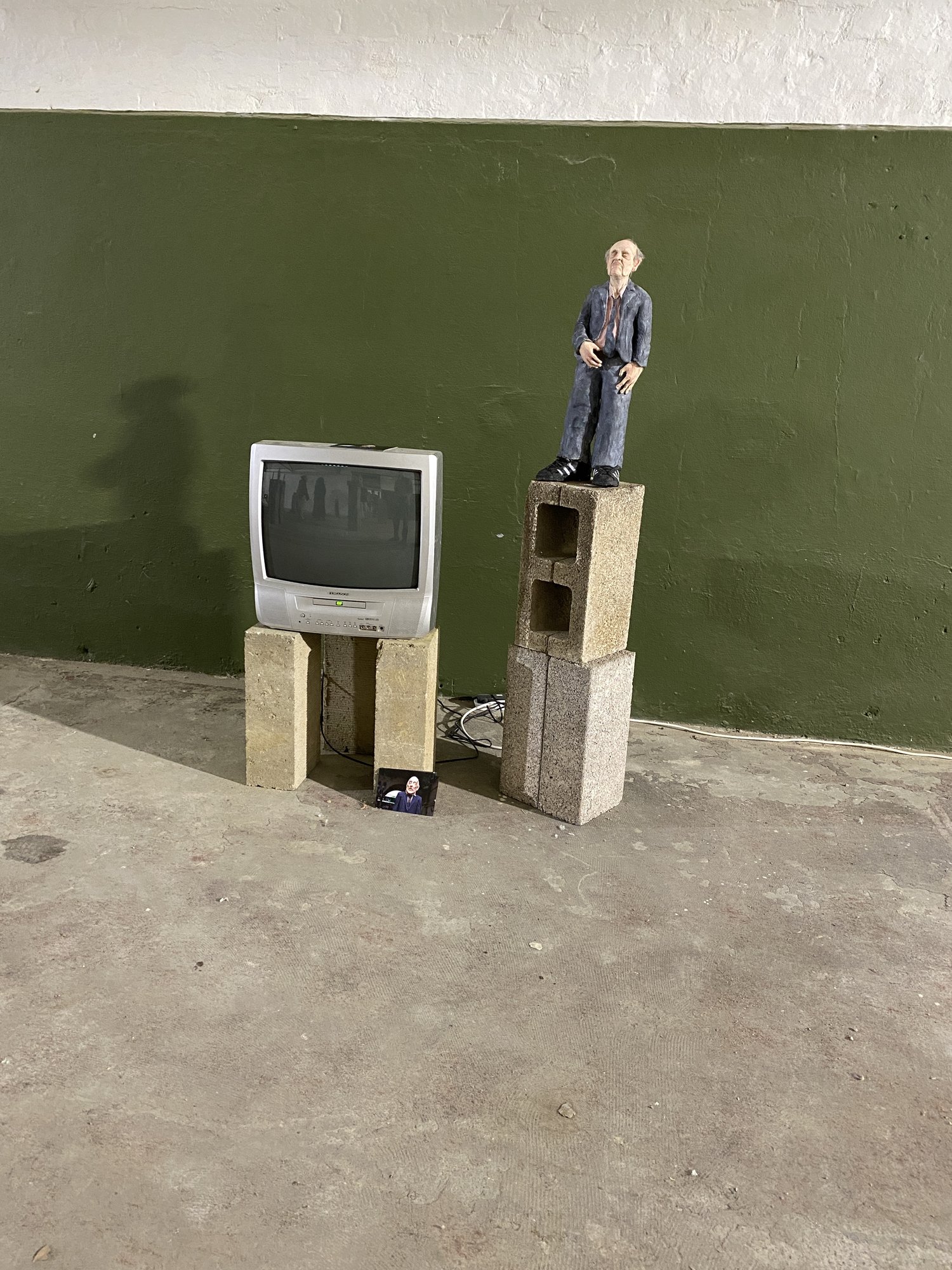

‘The Permanent Temporary’ 24-25 September 2022. Hosted By Fabrix, SUMweekly and 948collective. The Bottle Factory

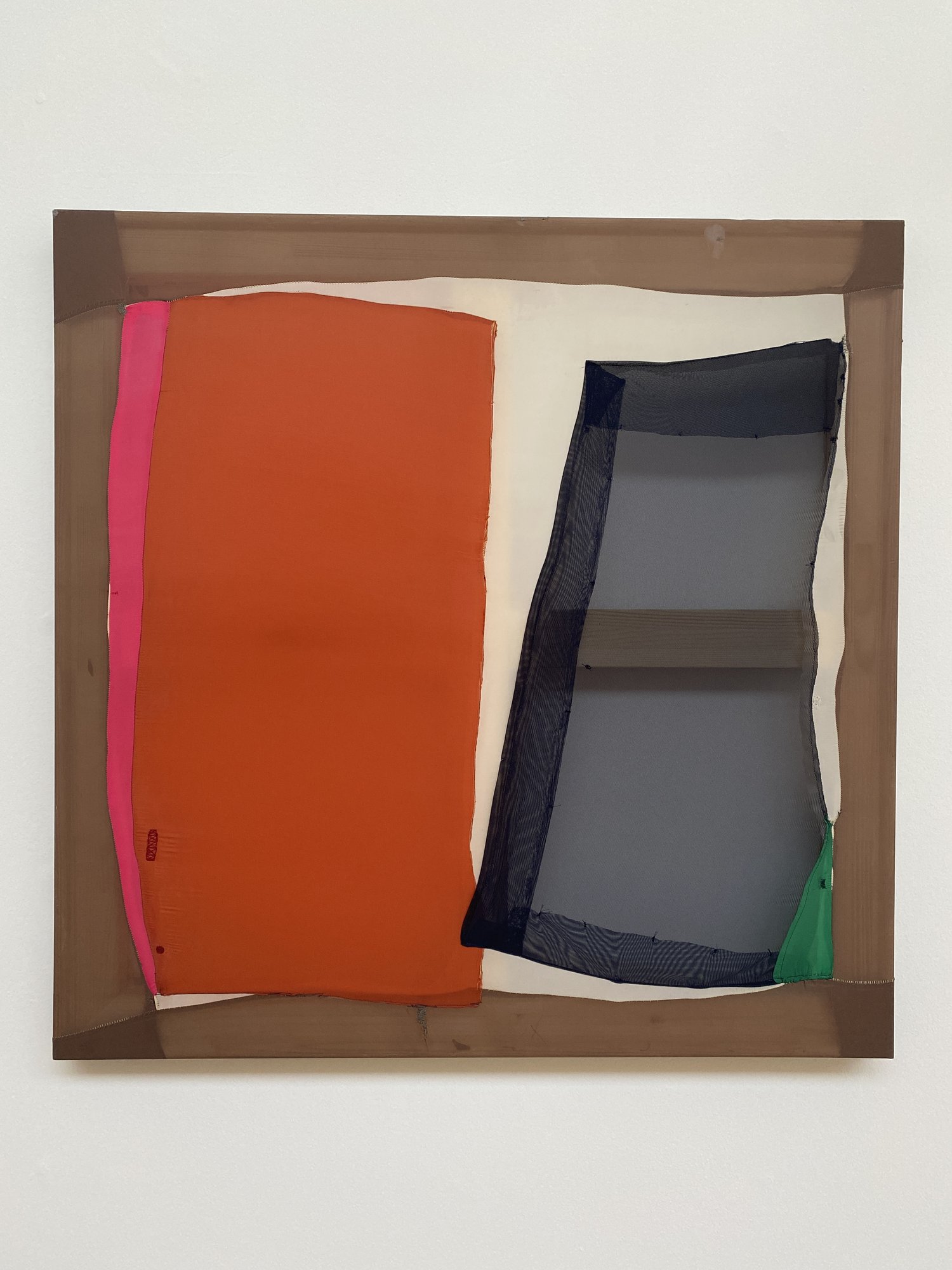
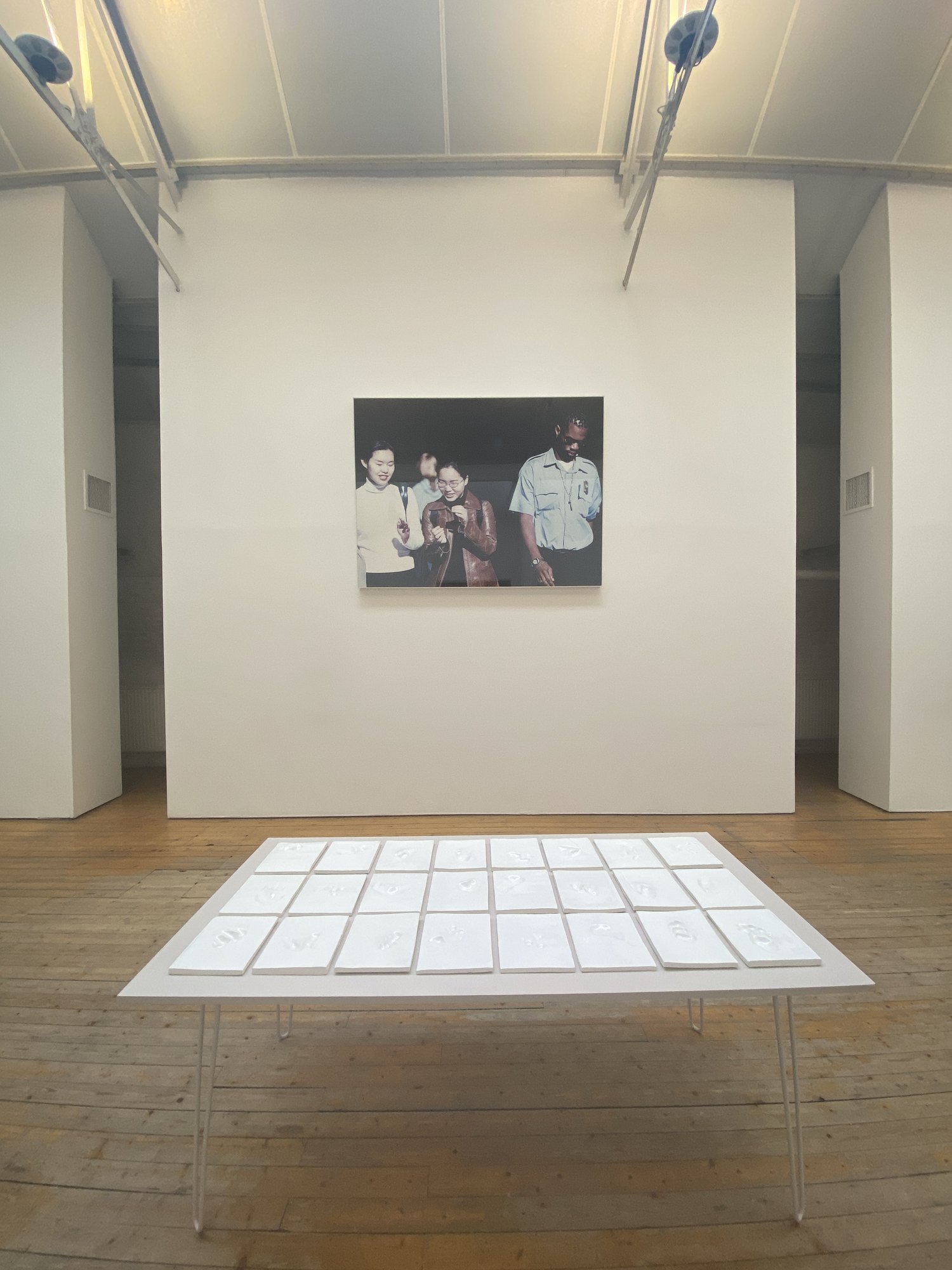
‘Painting Labs’ Curated by Benedikte Kluver, 01-02 October 2022. Kainoa Gruspe, Benedikte Kluver, Eva Dixon, Konstantinos Argyroglou, Emily Kraus, Or Lapid. 6 Broadley St.
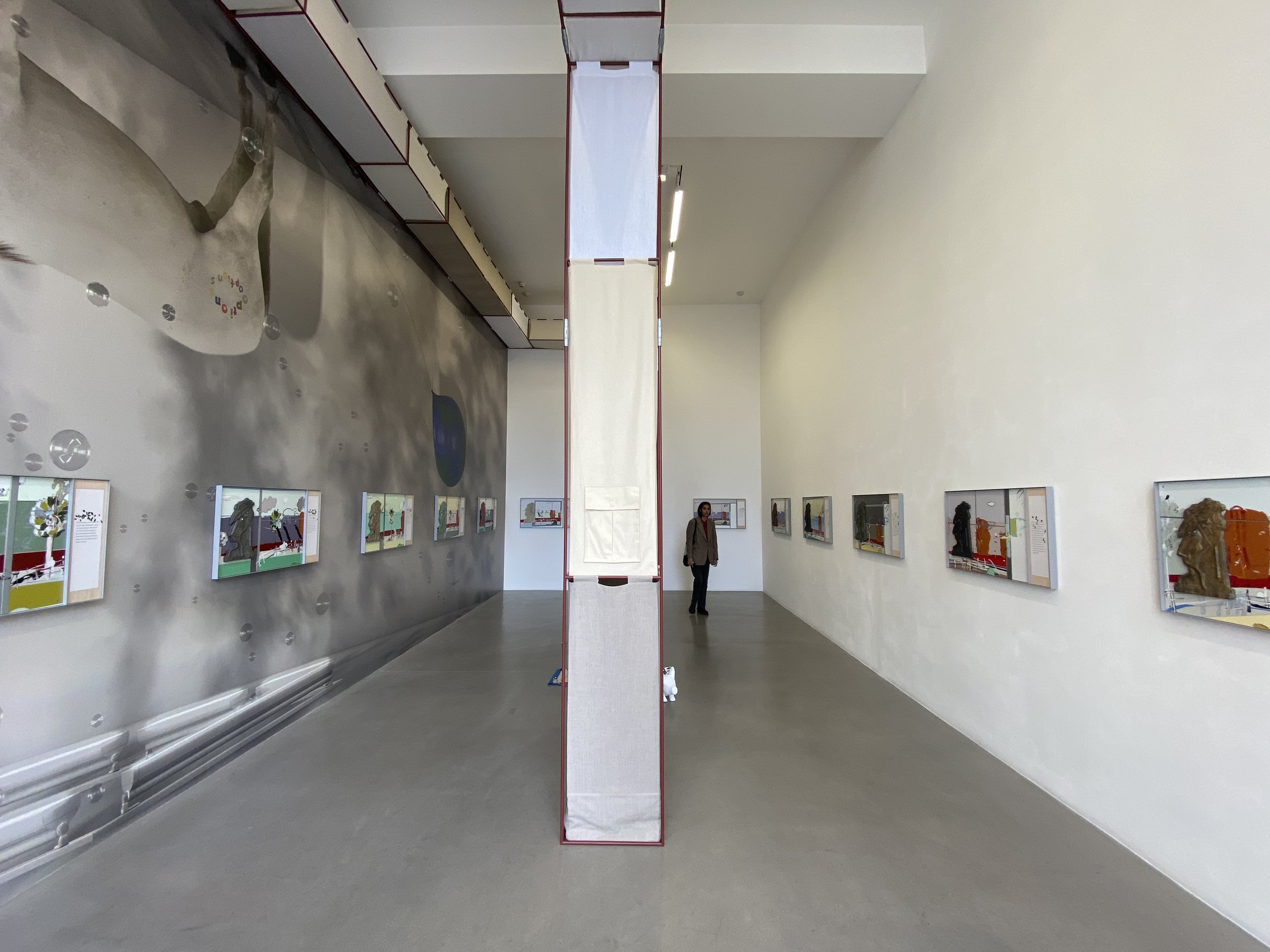


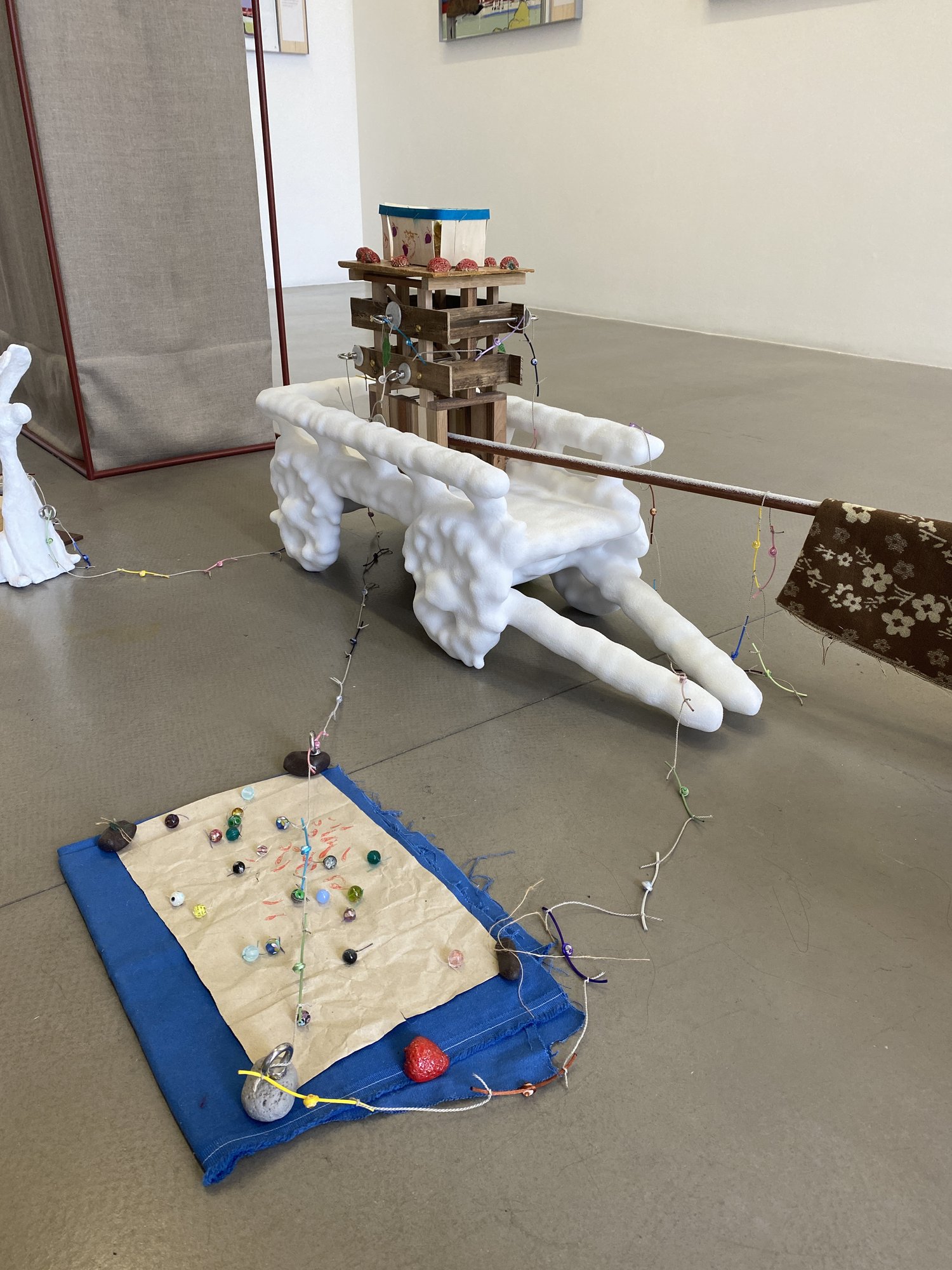
Third Moment Profile | The Almost Horse, 14 September-29 October 2022. Helen Marten. Sadie Coles HQ (1 Davies Street W1).
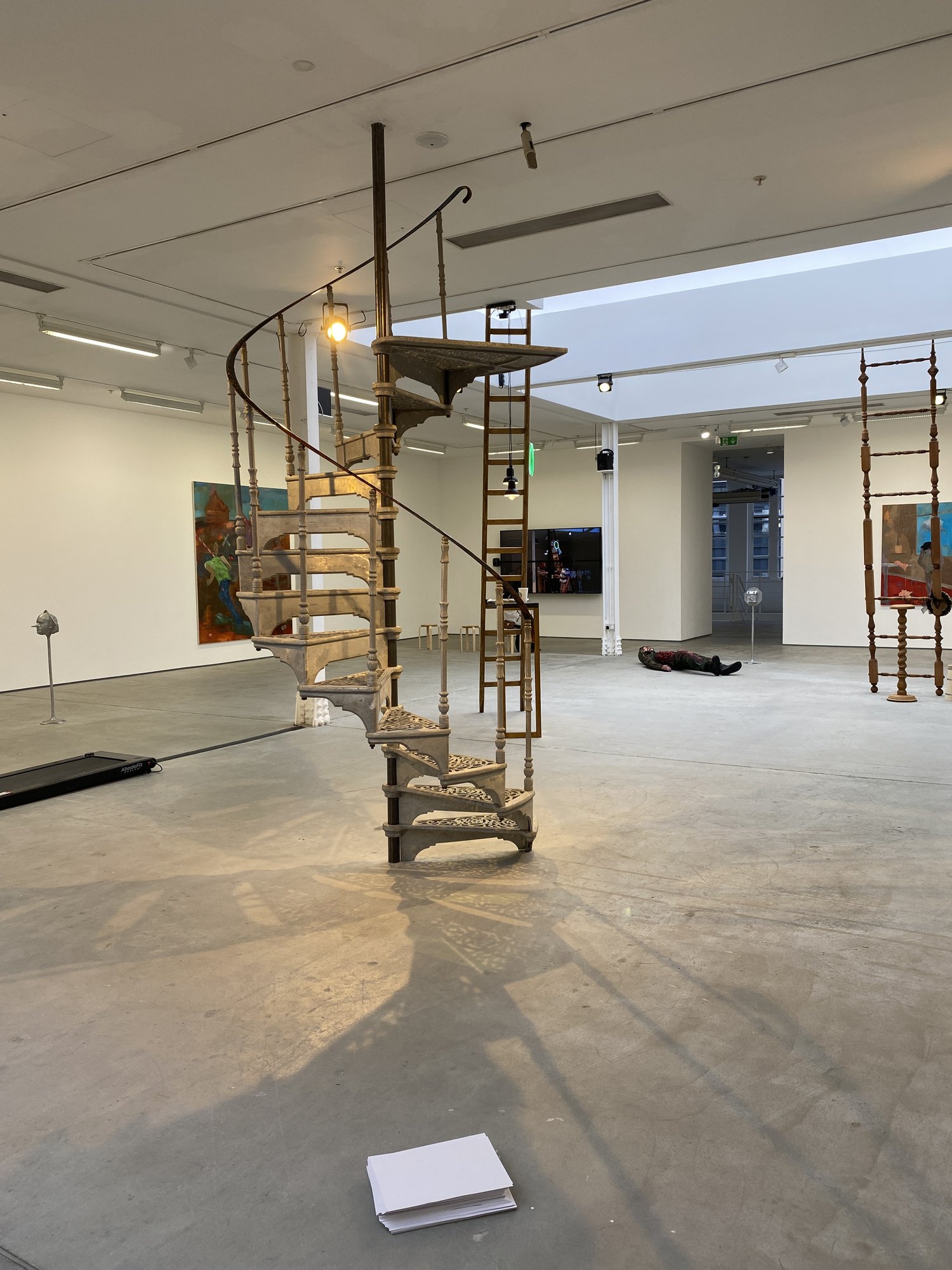
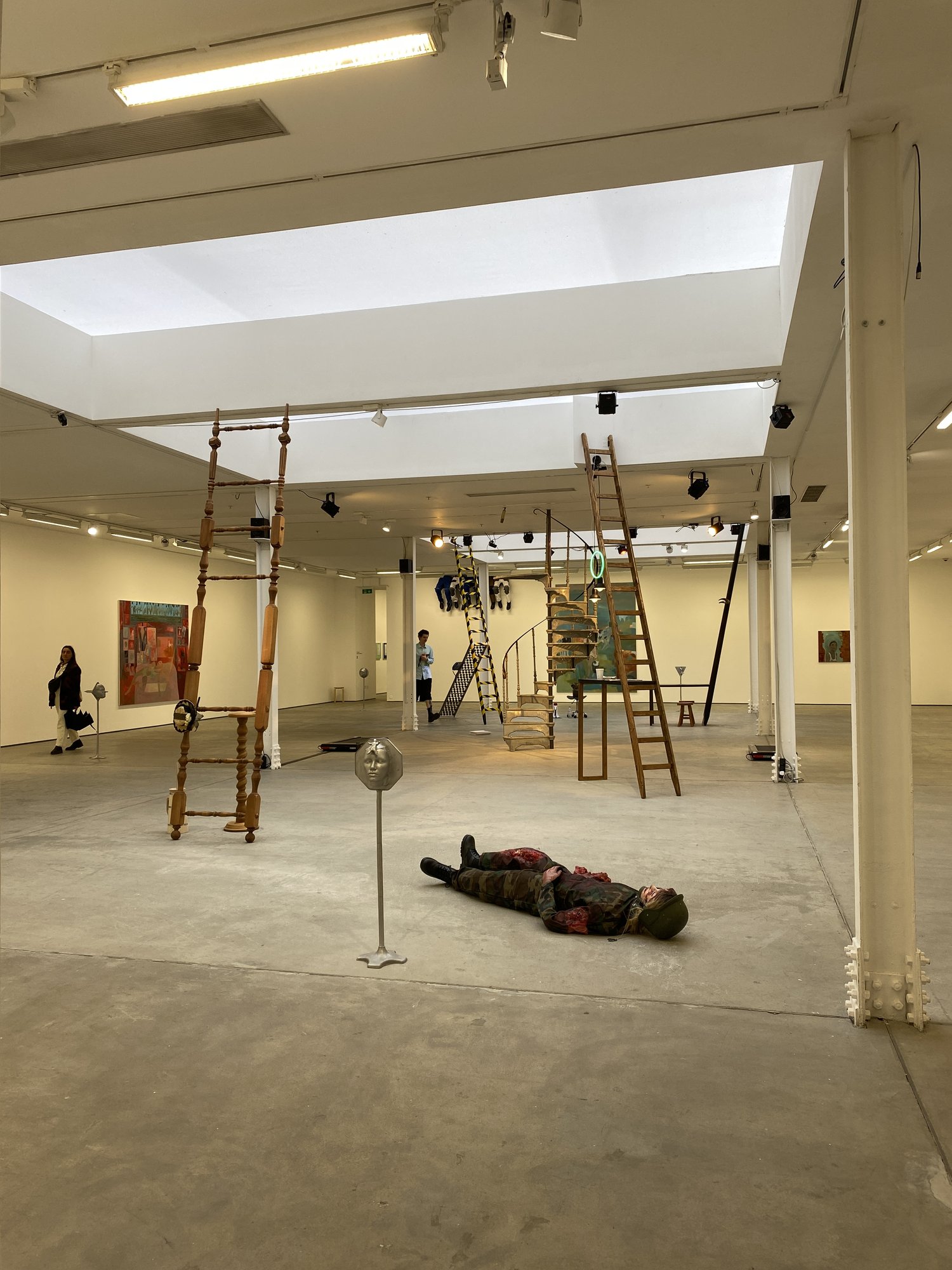
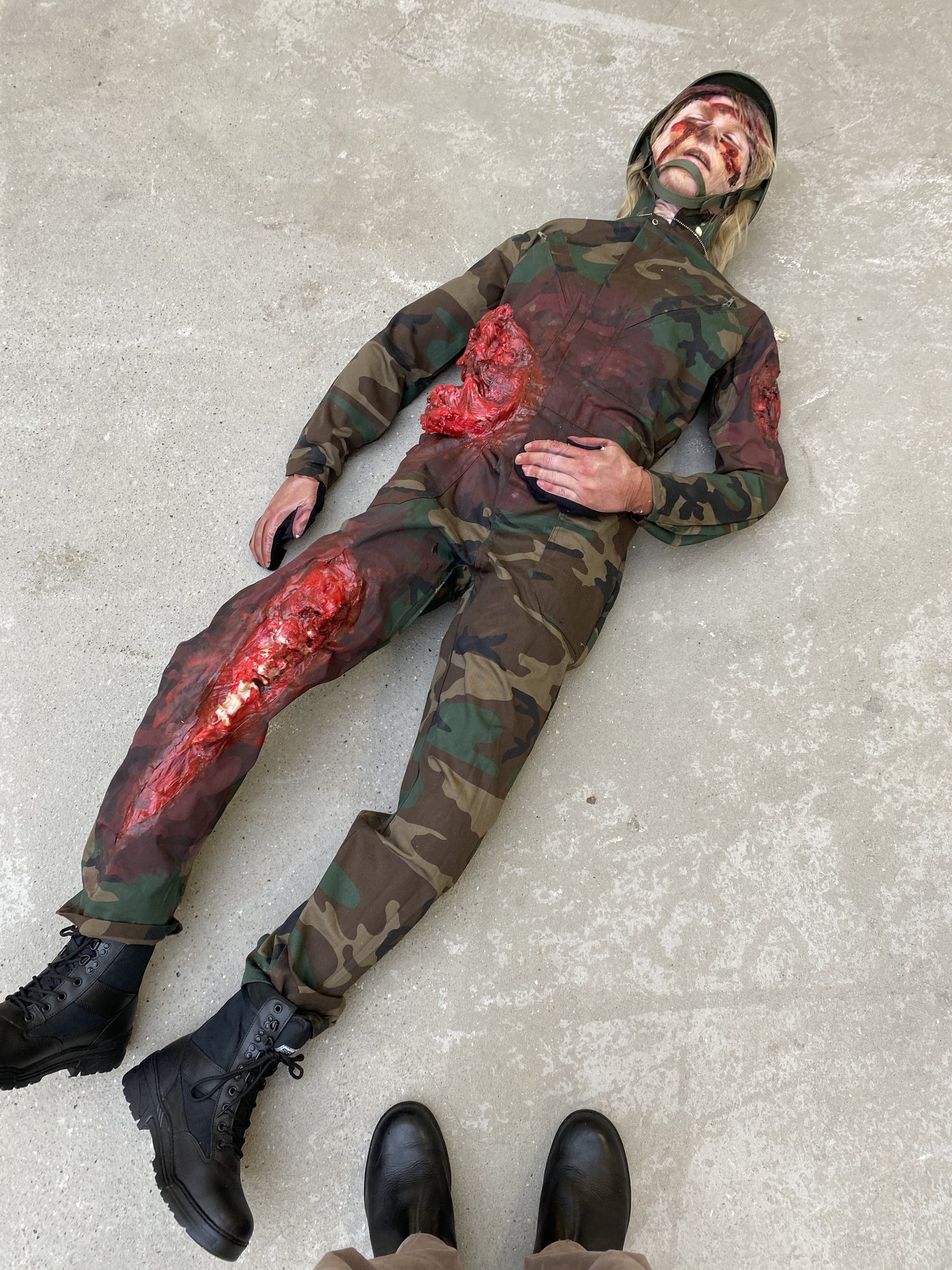
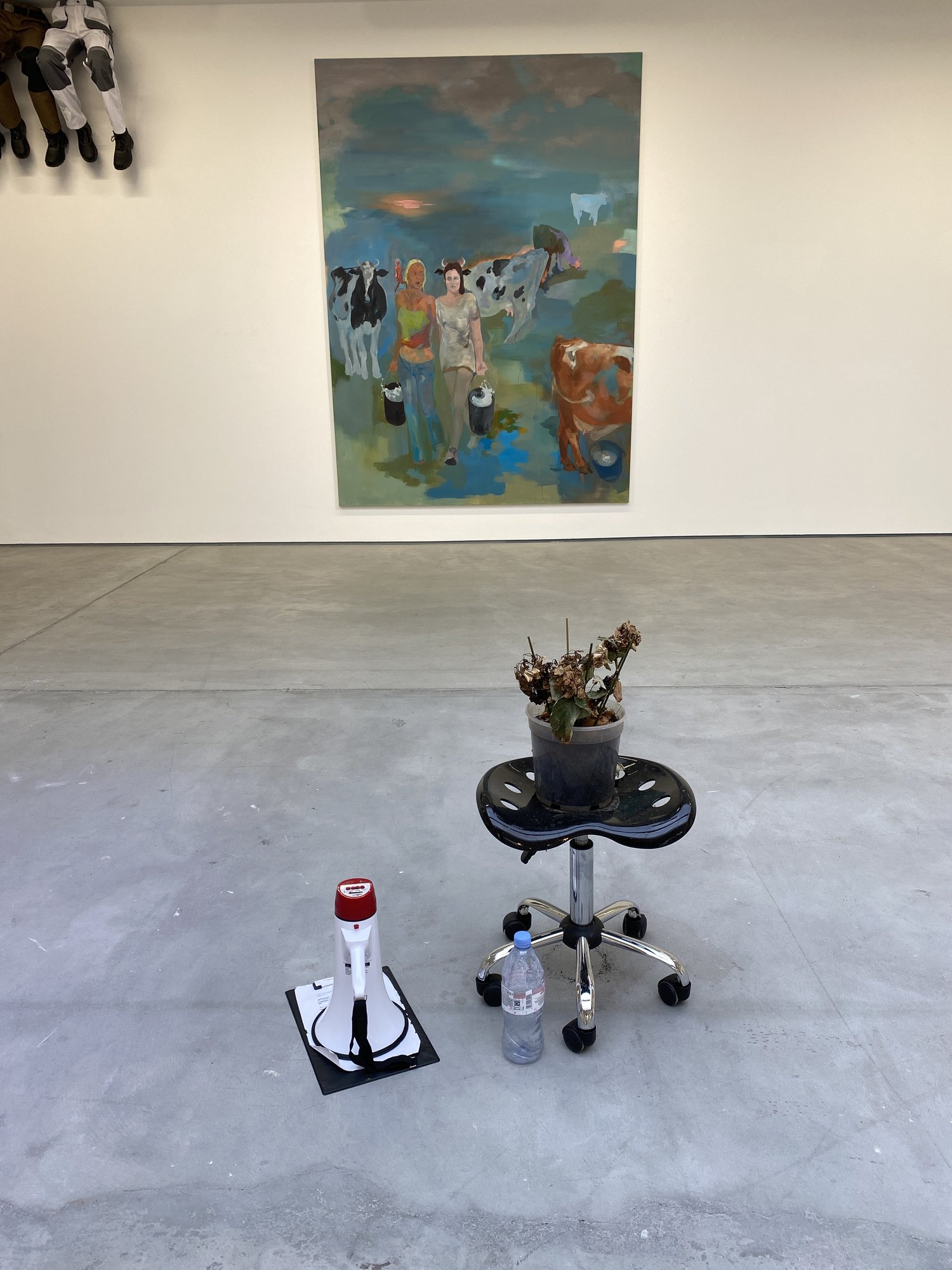
NDE, 8 September - 22 October 2022. Georgia Gardner Gray. Sadie Coles HQ (62 Kingly Street W1)
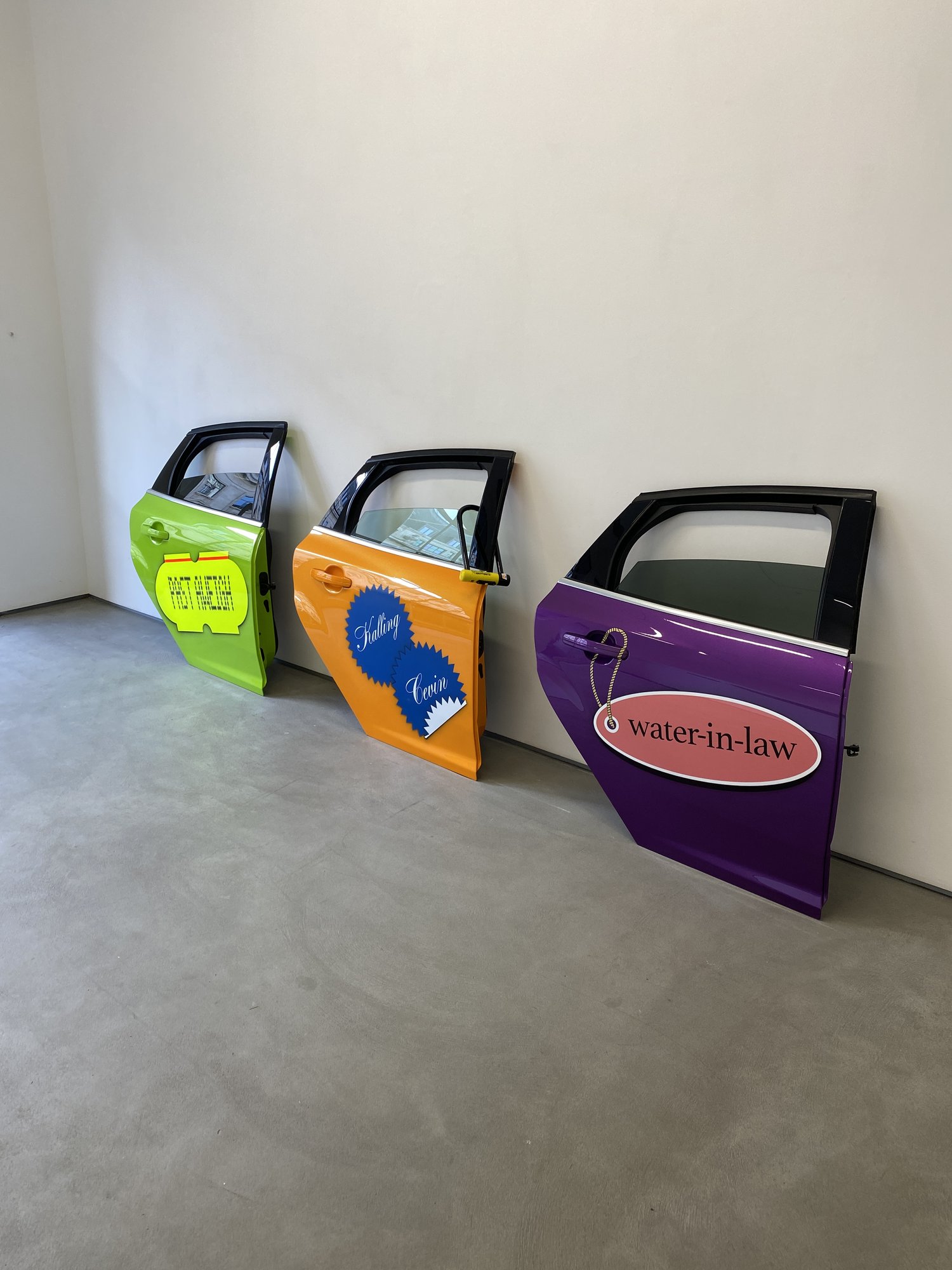
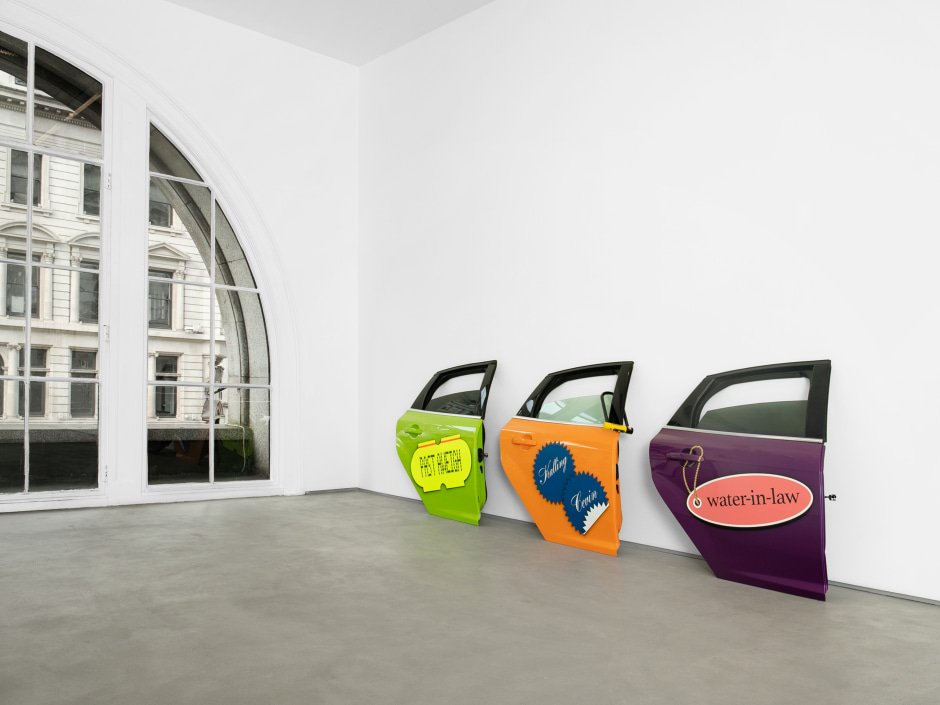
Wonths every few Monce, (On view). Darren Bader. Sadie Coles HQ (62 Kingly Street W1)
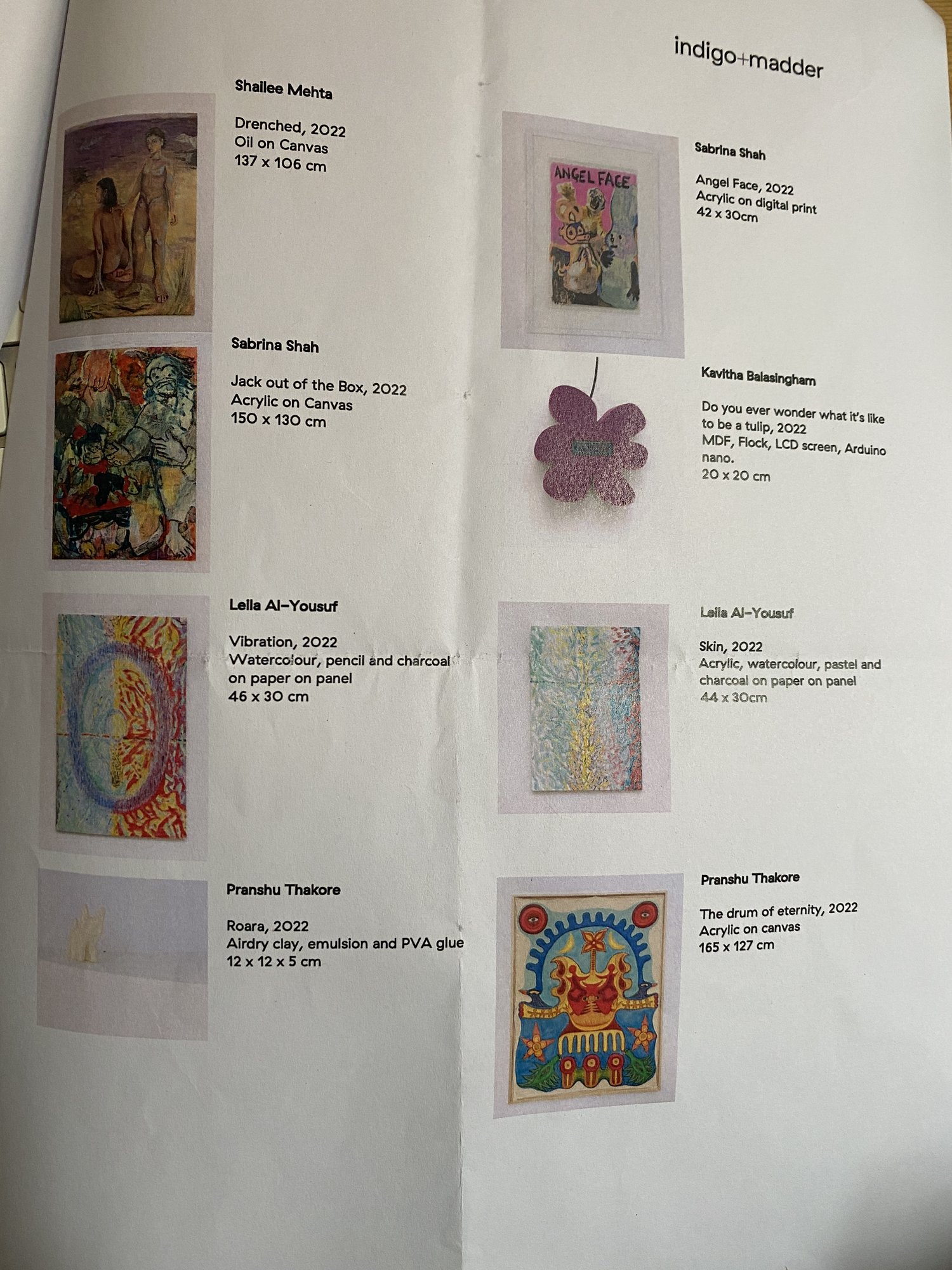

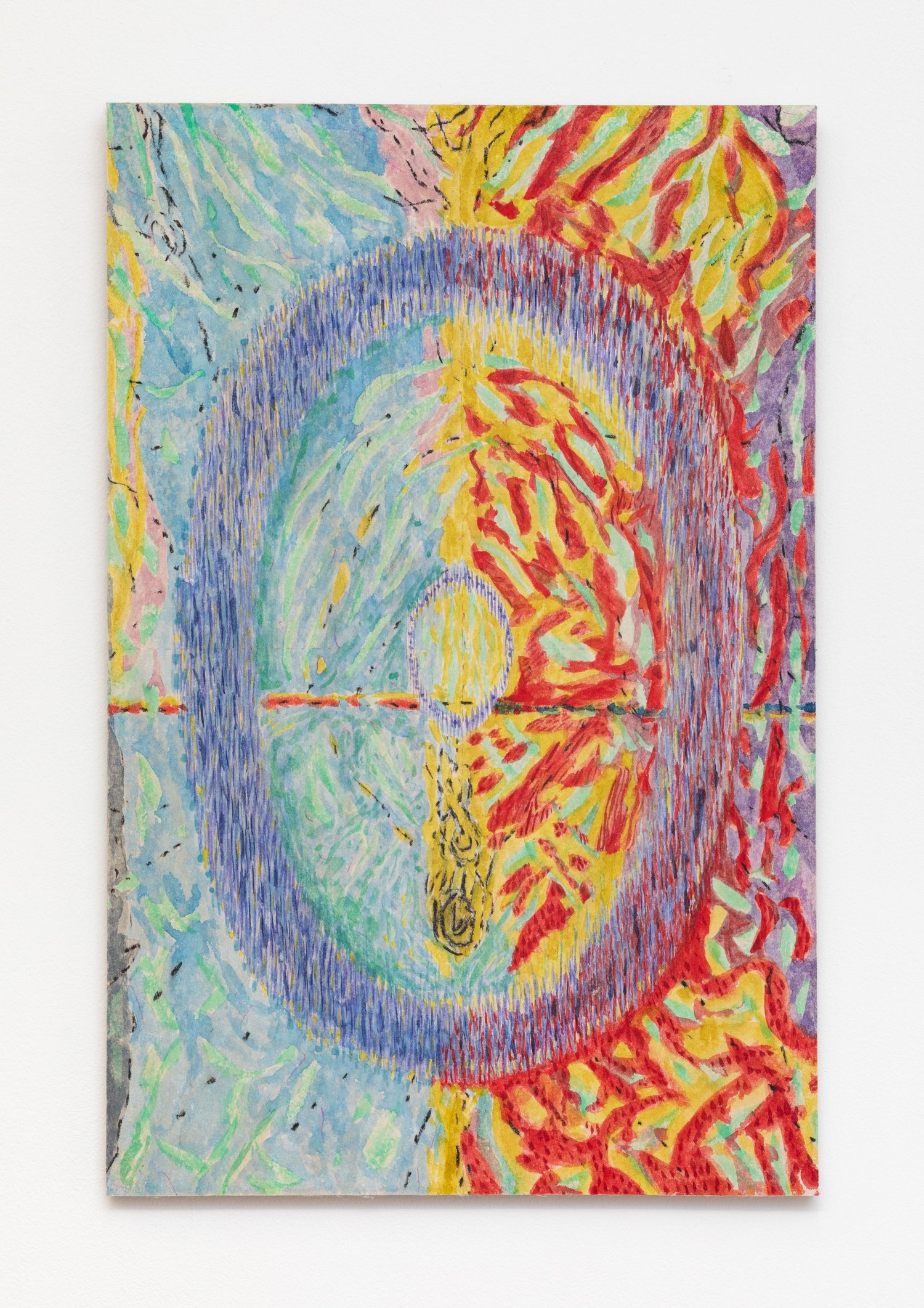
‘The Place of Complete Surprise’ 7th October- 5th November 2022. Kavitha Balasingham, Shailee Mehta, Sabrina Shah, Pranshu Thakore, Leila Al-Yousuf. The Shop, Sadie Coles HQ (62 Kingly St W1)
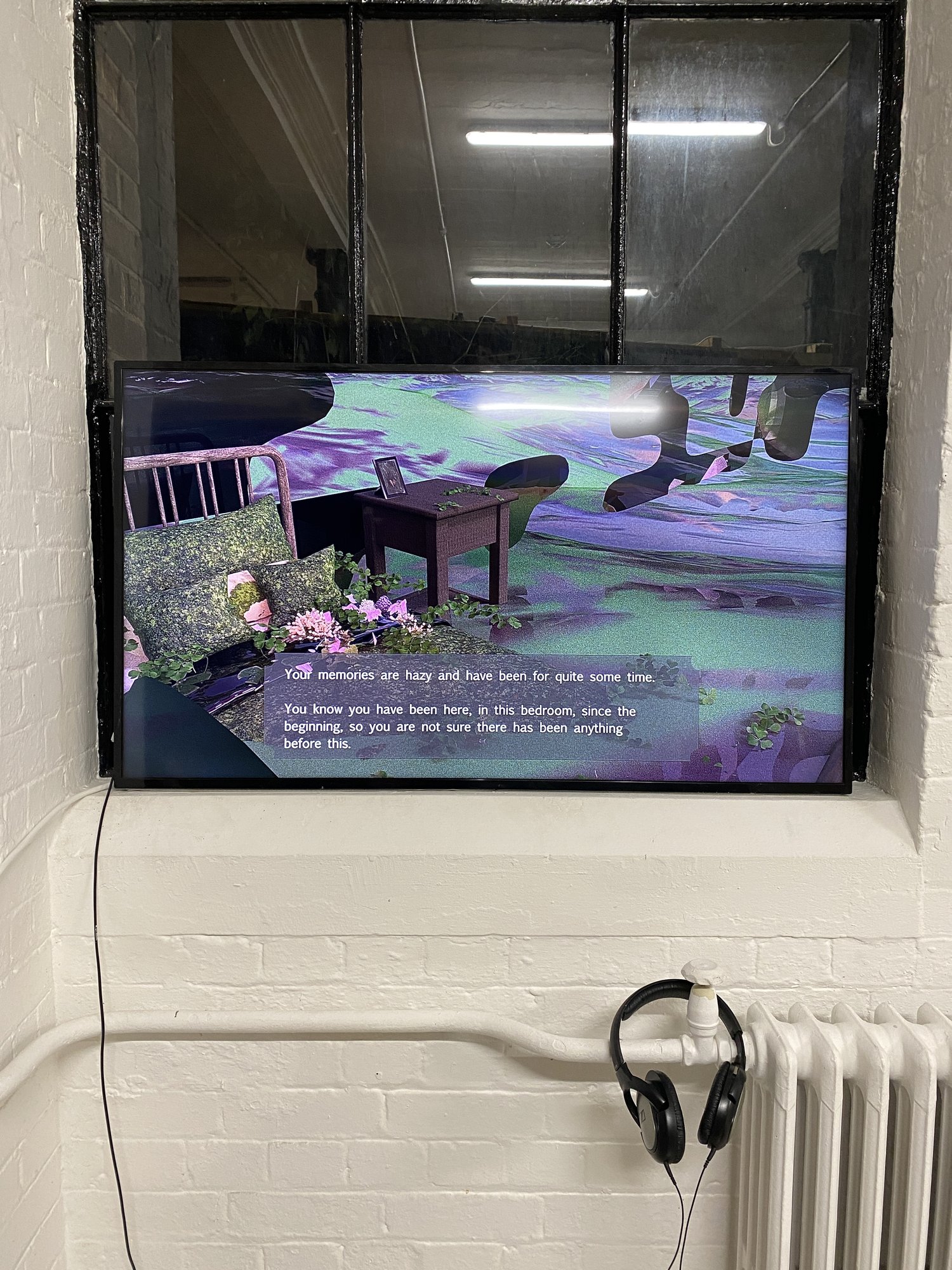
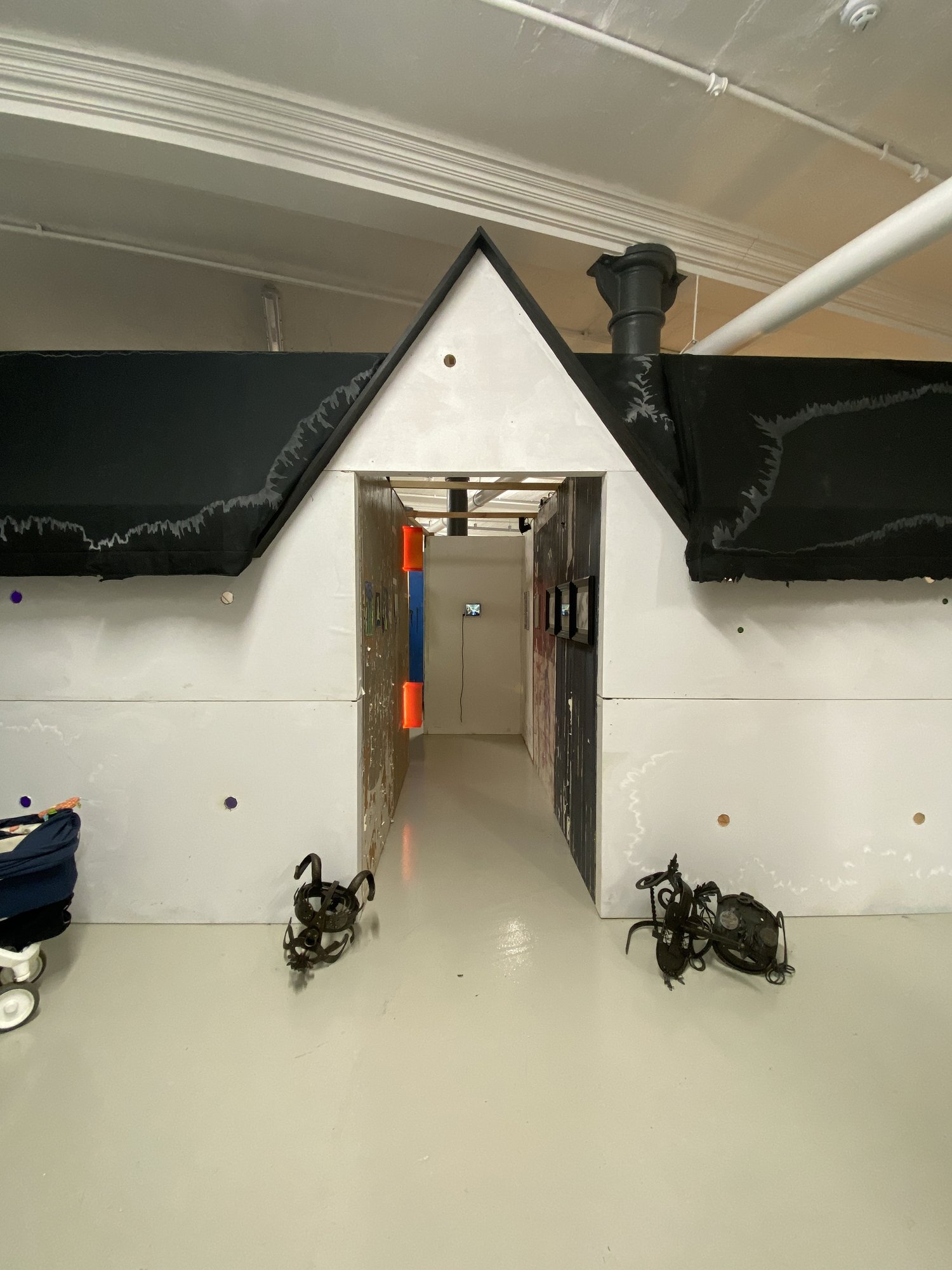
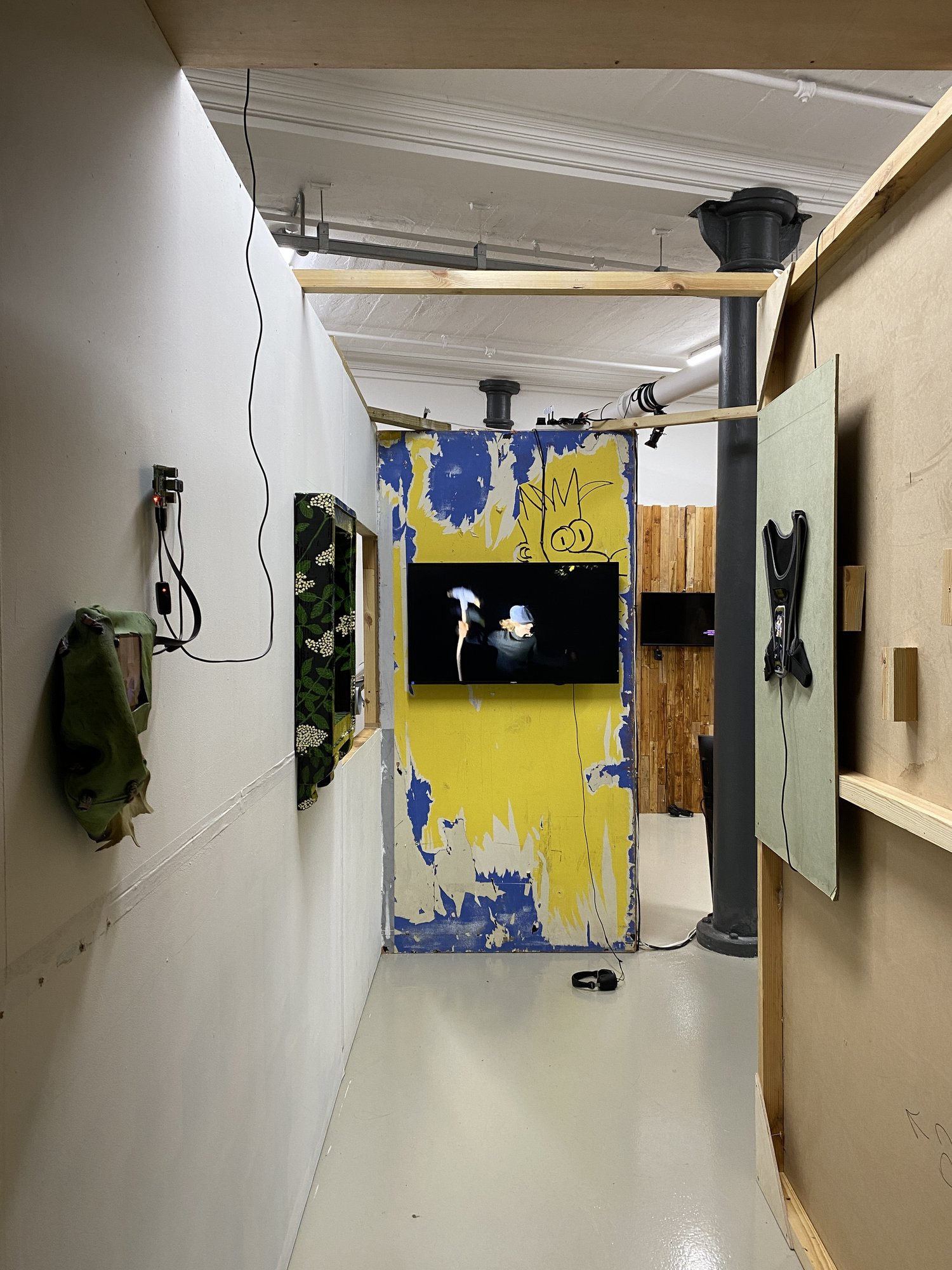
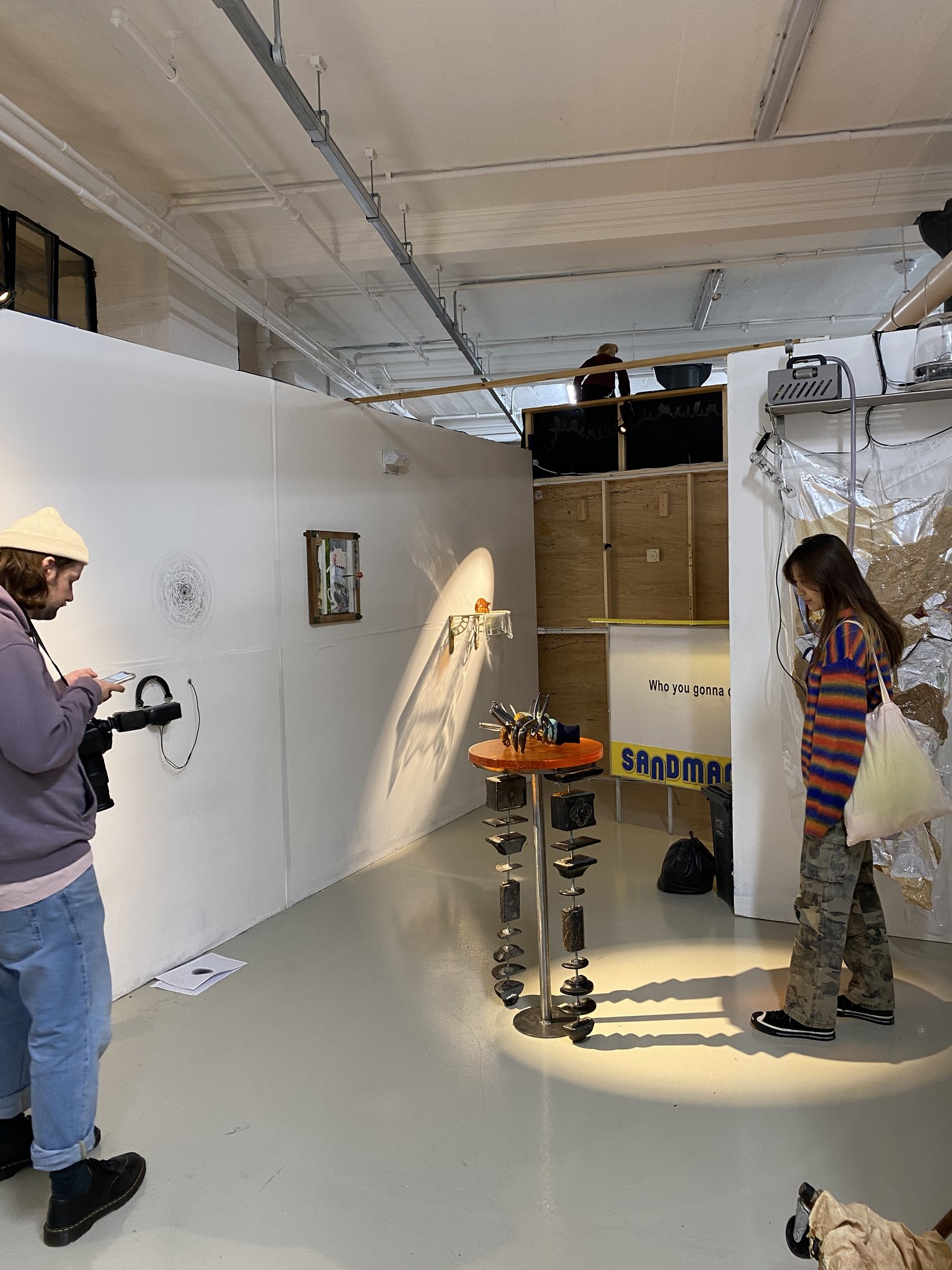
‘Ghost show’ 31st October- 5th November 2022. co-curated by Kavitha Balasingham and Rory Beard. Copeland Park.
Danny Fox opening on 11 November at 68-69 Burlington Arcade.
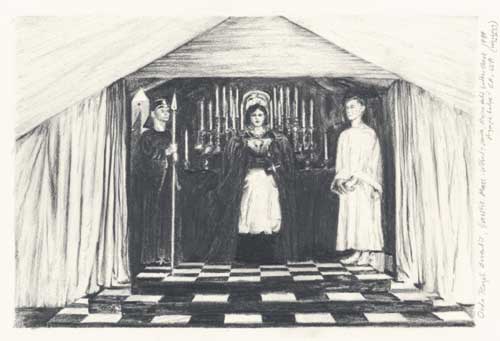
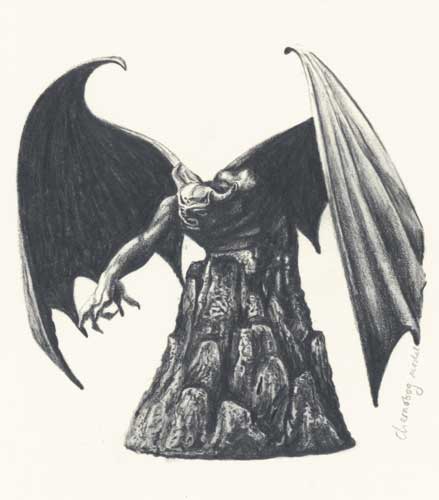
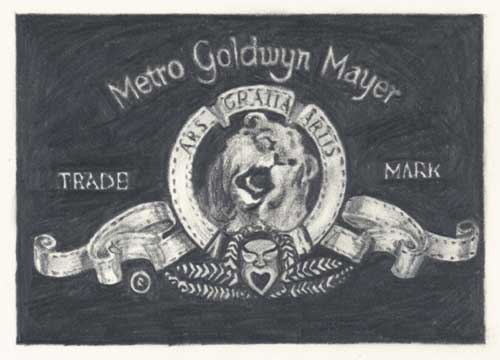
Suzanne Treister’s Hexen 2039 graphite drawings www.suzannetreister.net/
As part of Hexen 2039 Treister presents graphite drawings of research material which is all connected in a web of secrecy and paranoia. She makes connections between Occult and freemason groups, Hollywood, the US military, Chernobyl and Disney’s Fantasia etc...
Triester speaks of the material quality of graphite in her series; “[...] By passing an electric current through the graphite, additional information is extracted and converted into psychic frequency clusters using an Electroencephalographic Current Converter. These clusters are reproduced to form non-aurally transmittable frequency groups for use in psychological operations equipment.“
www.suzannetreister.net/suzyWWW/TT_ResearchProjects/Hexen2039/Graphites/GraphitesMenu.html)
There is something interesting in the simplicity of the copies, in terms of their artistic licence/ lack of, this highlights that the gesture itself is no more than converting the image to graphite, for purpouses stated above. What we have is a translation through which images have been set up or prepared for deeper psychic evaluation. The material metamorphosis is a preparation which sugestably unlocks hidden frequencies which would have previously remained trapped or inaccessible when experiencing the images and objects in their original form.
In this case the importance of the artist’s metamorphoses is shown not as an aesthetic impression or interpretation, but as an imposition of a new property/ technology onto a traveled/ circulated form, be it an image of a logo, a figure/ toy, or a found photograph.